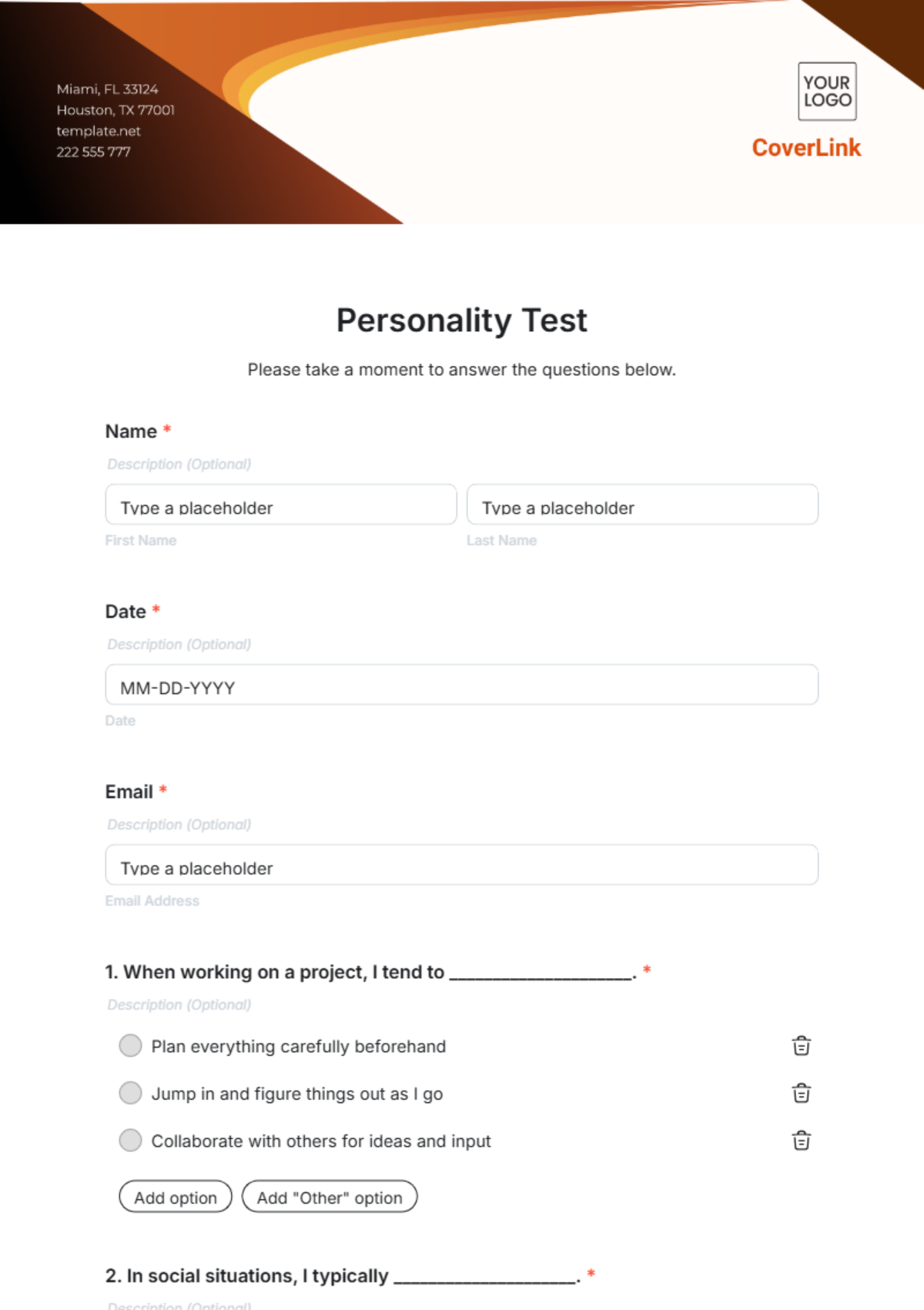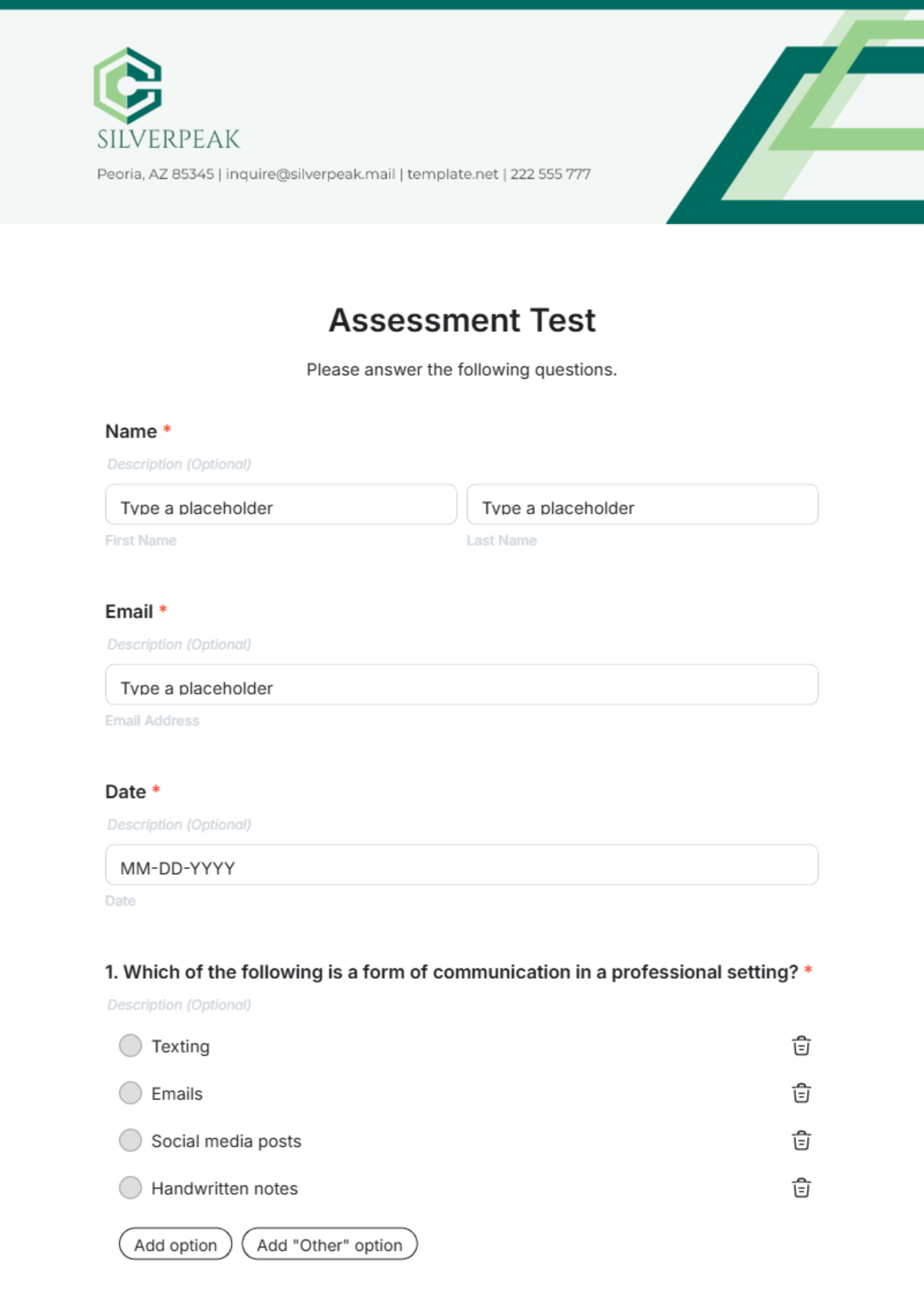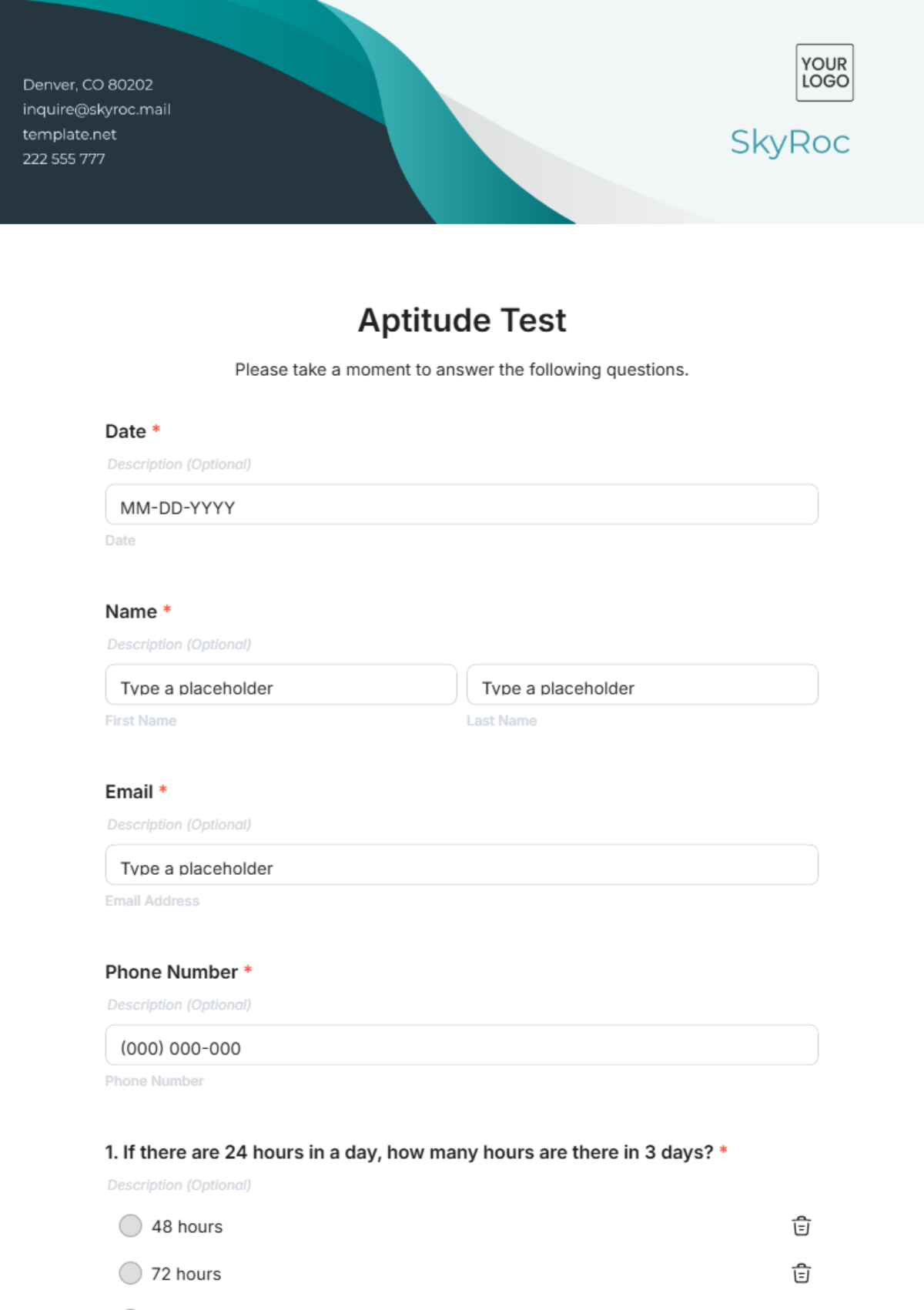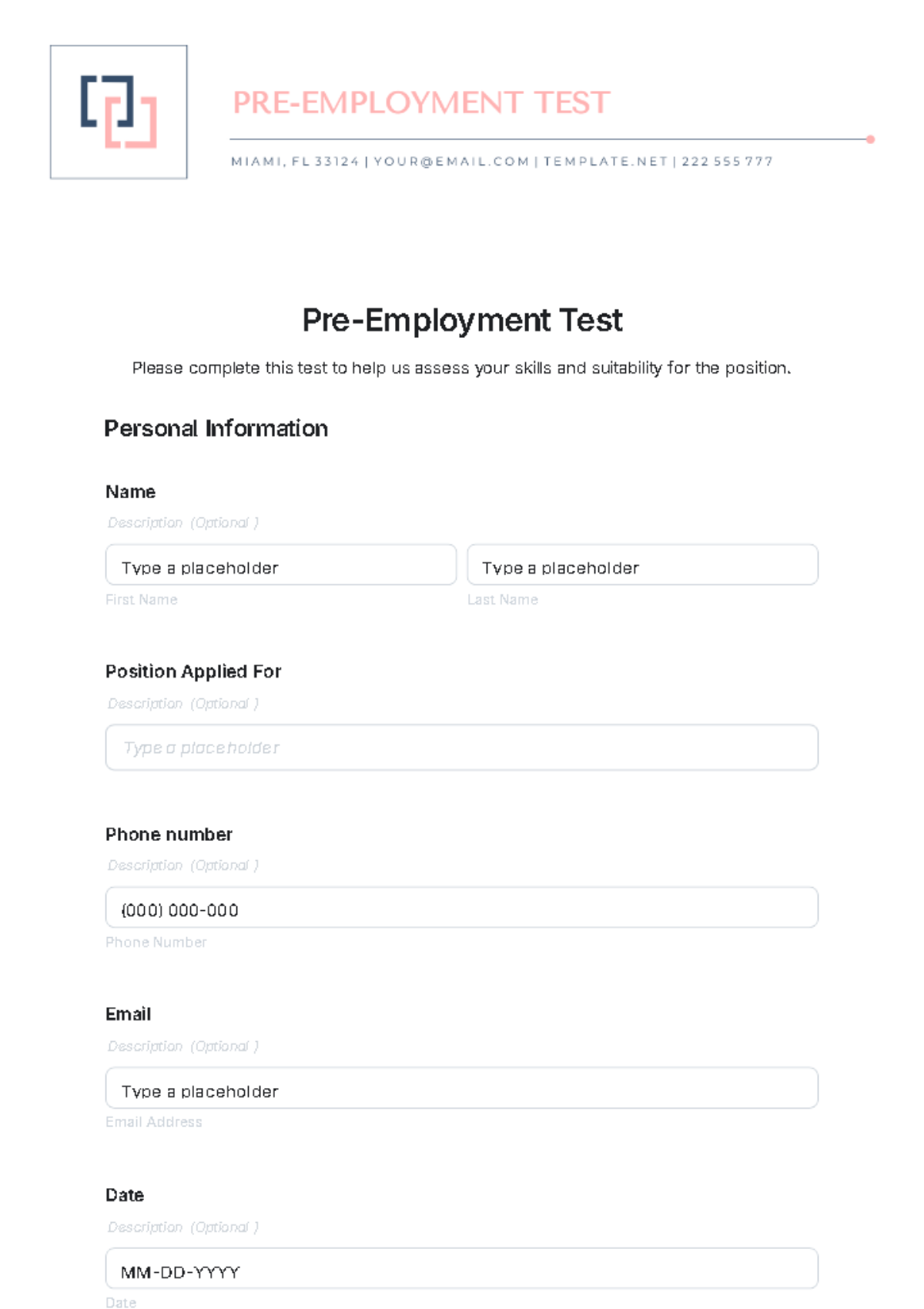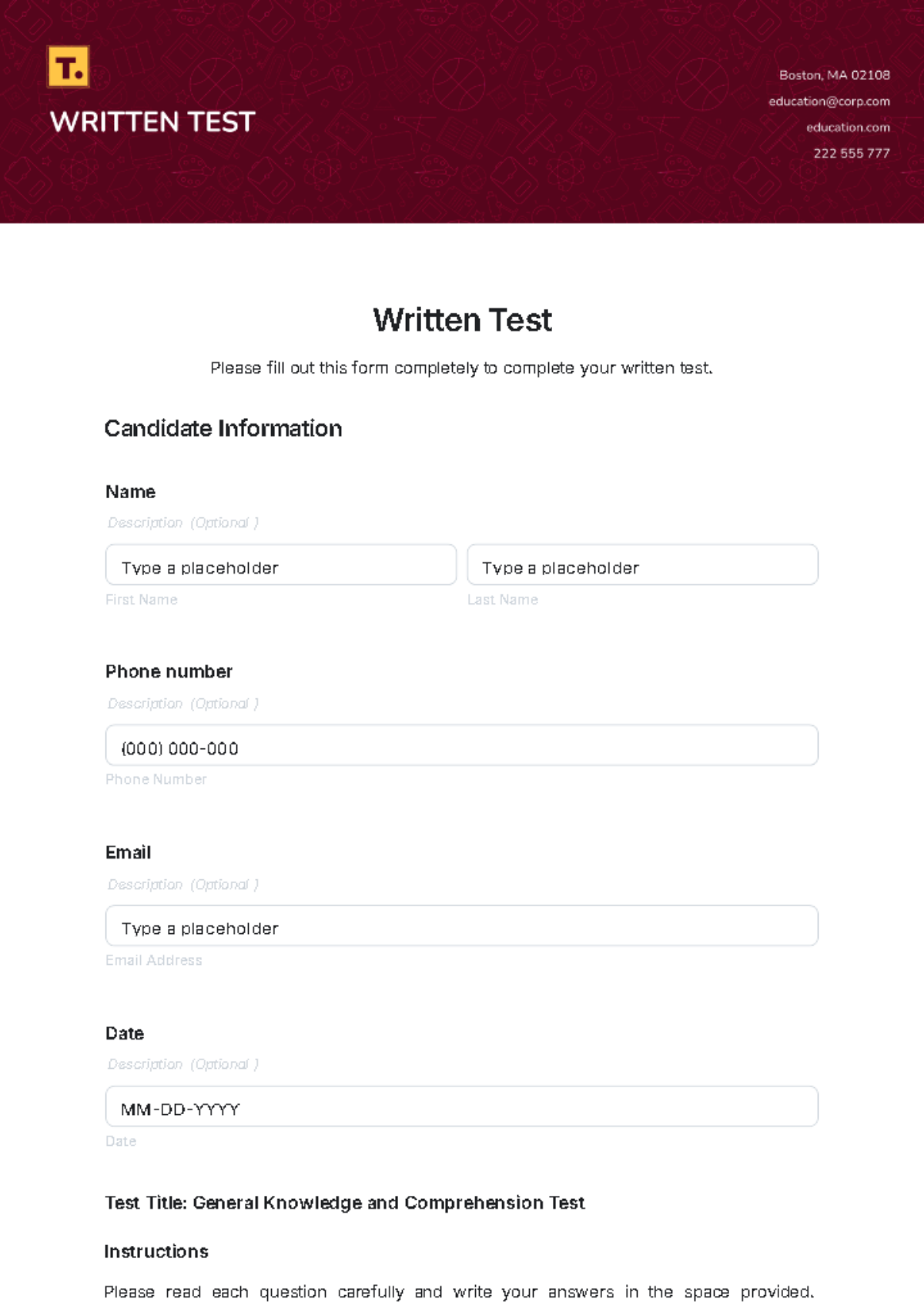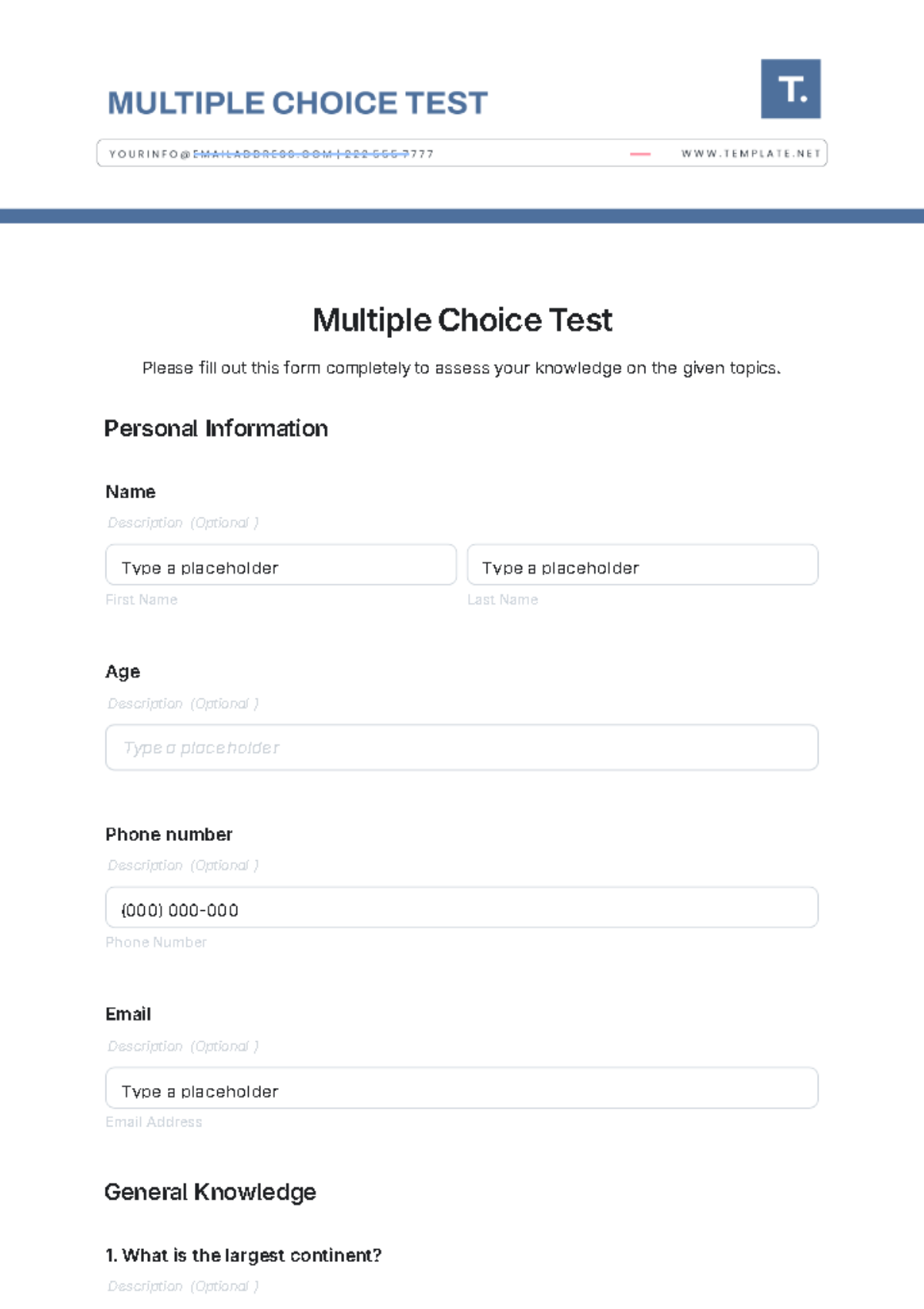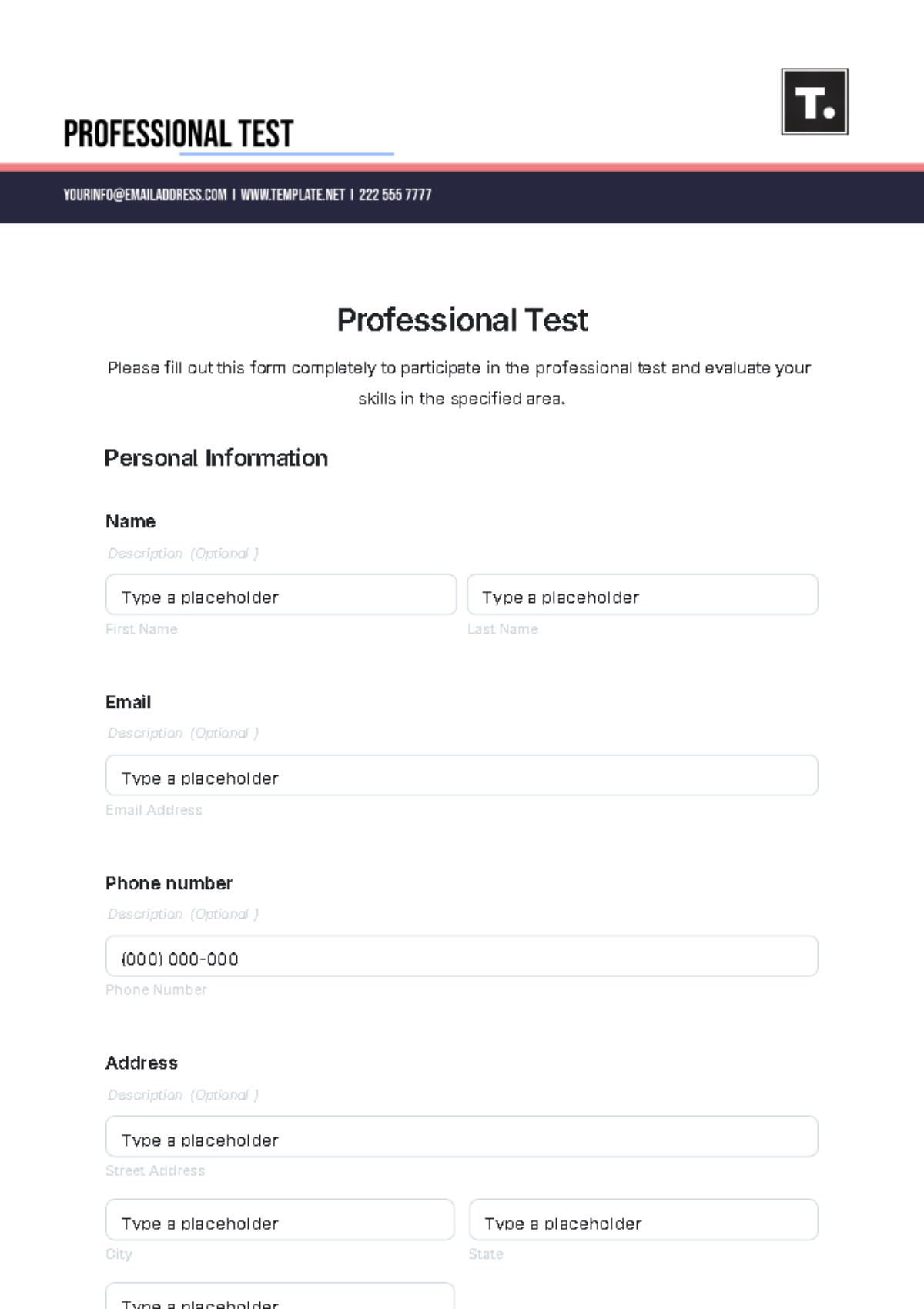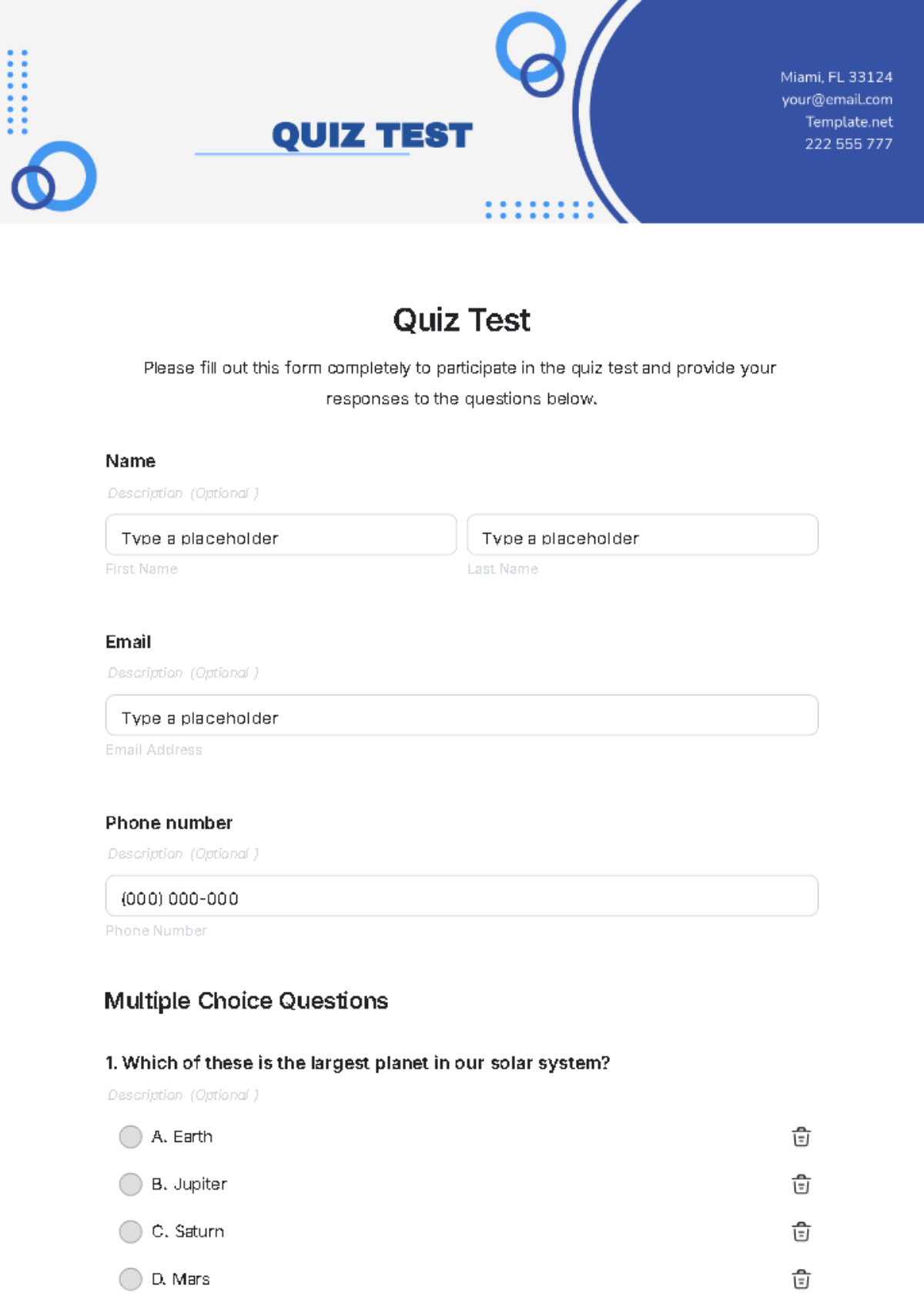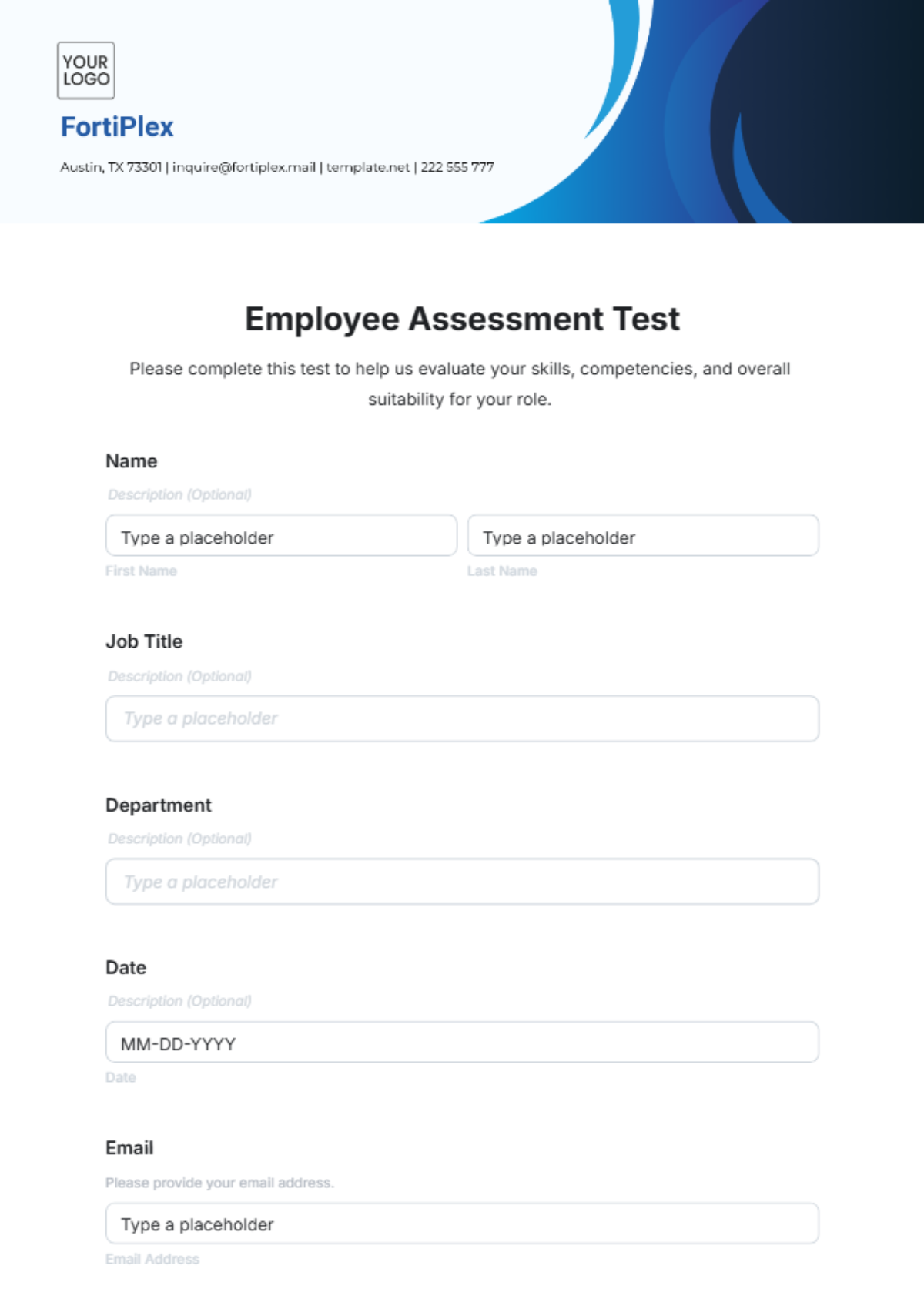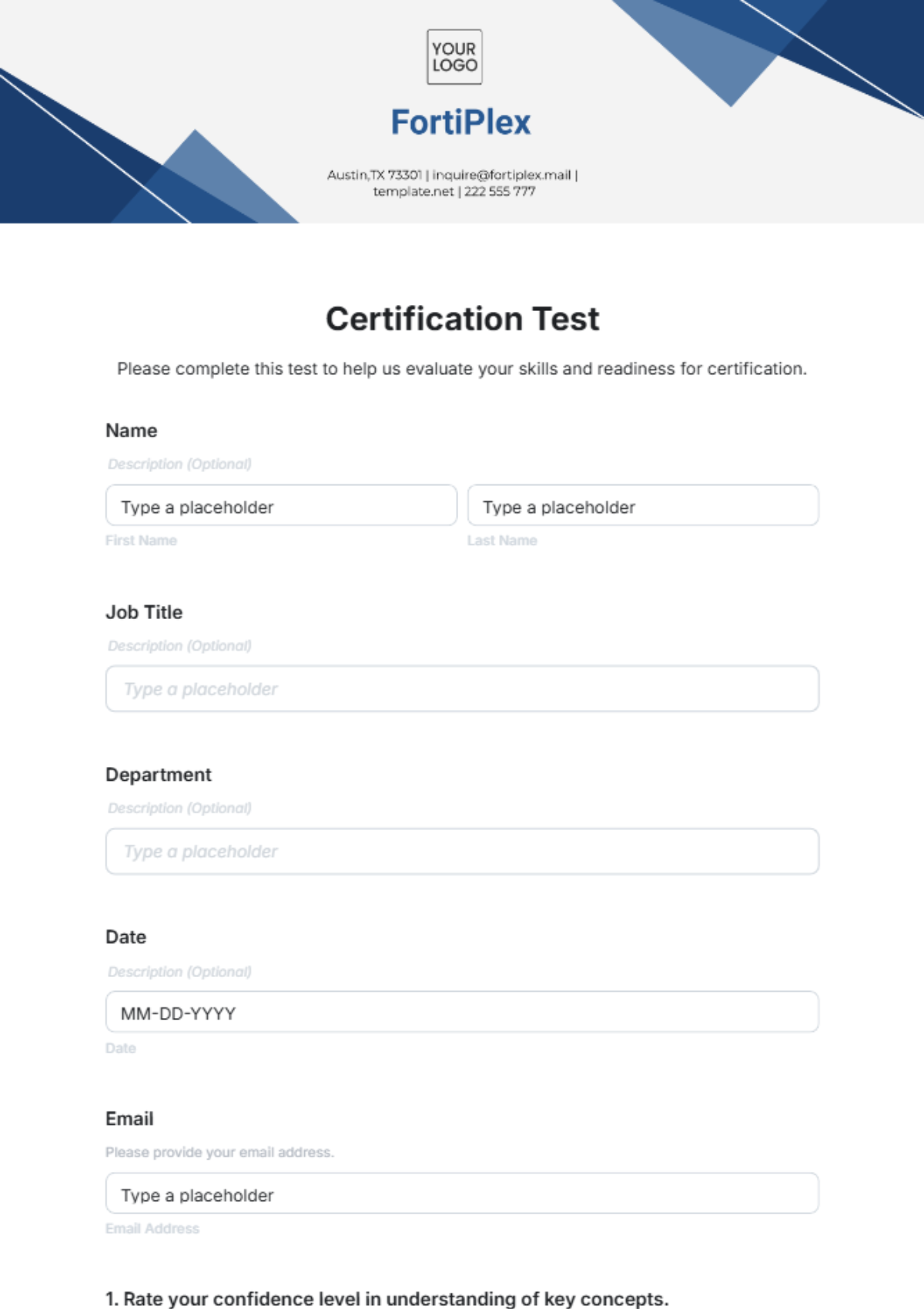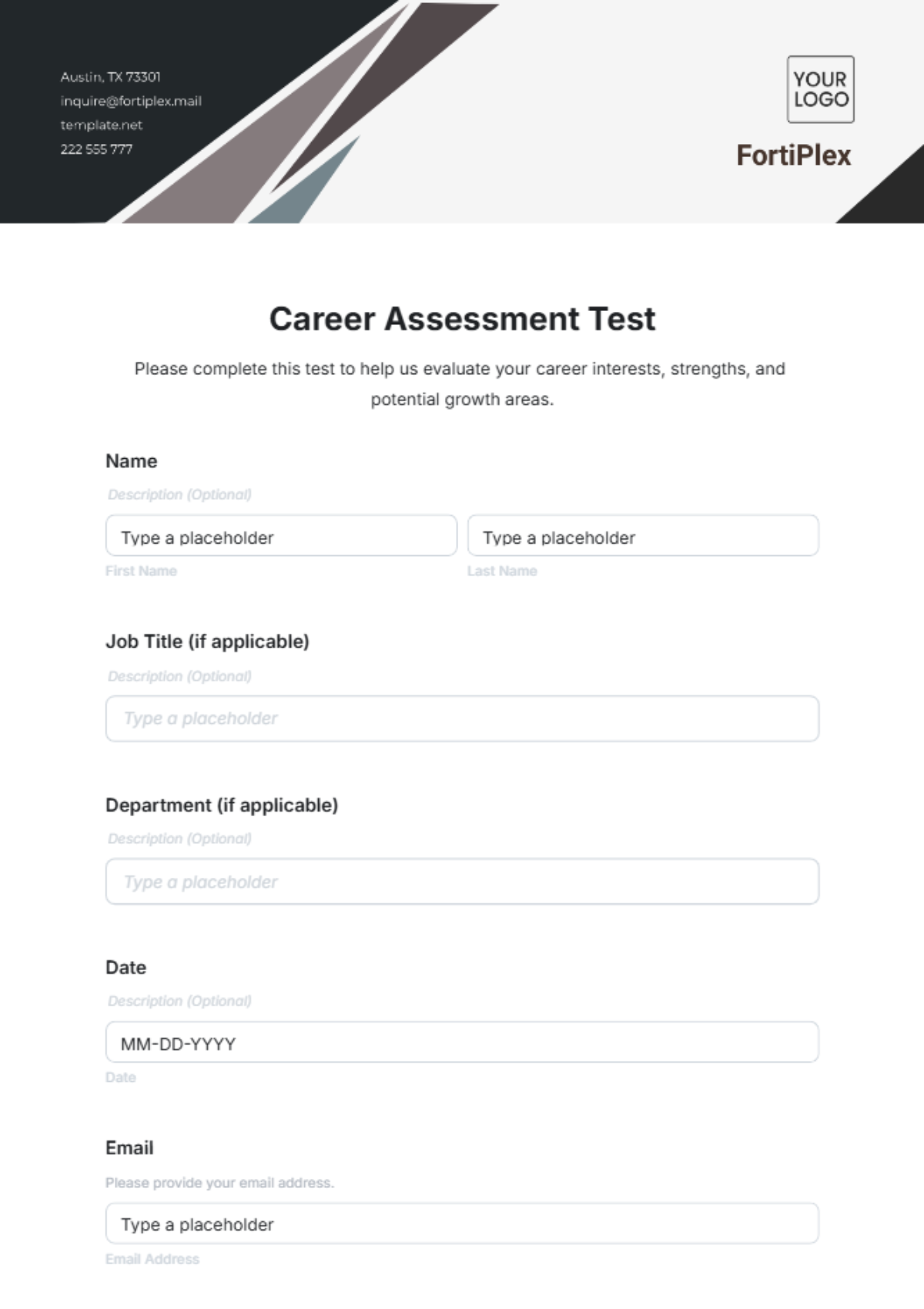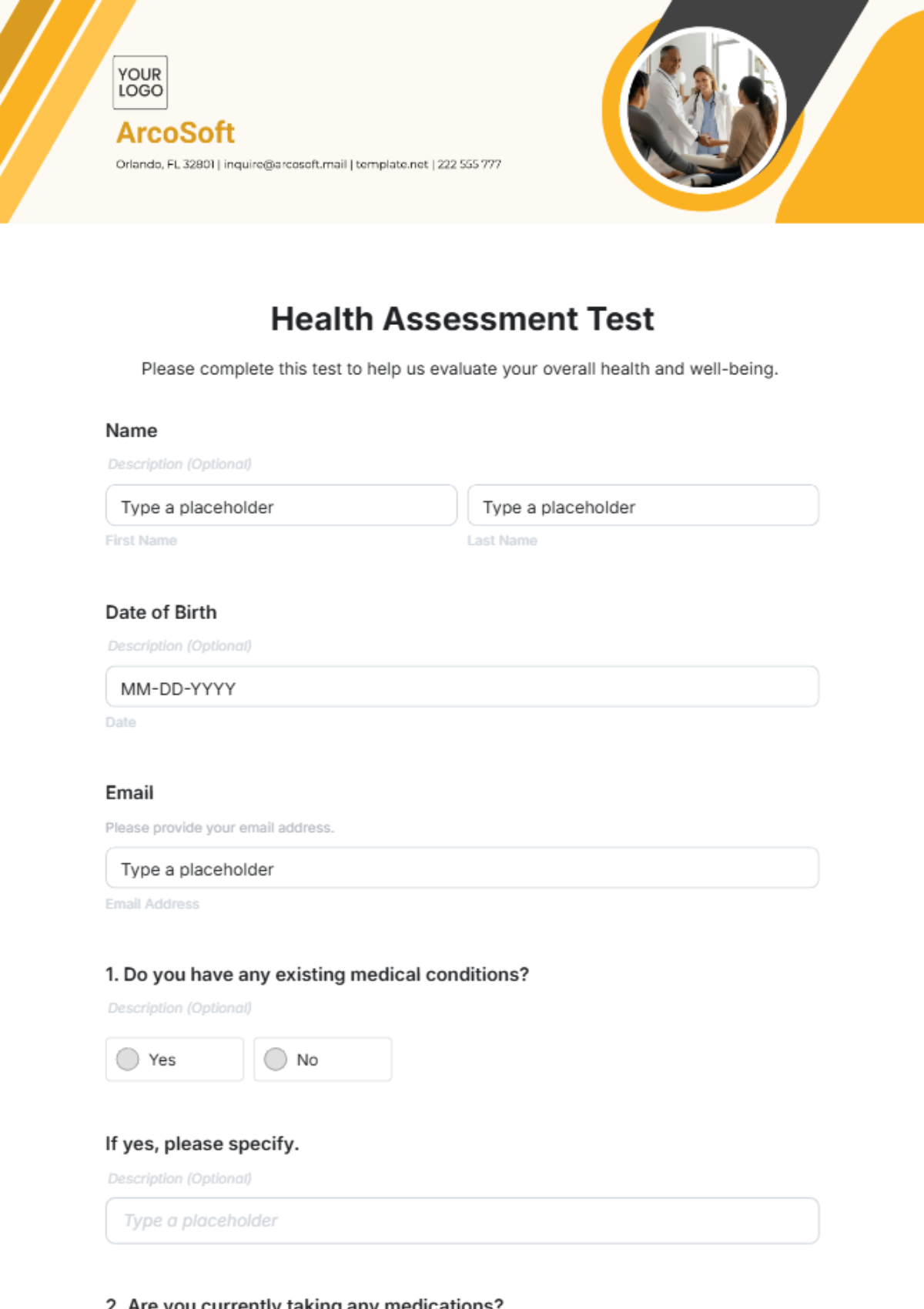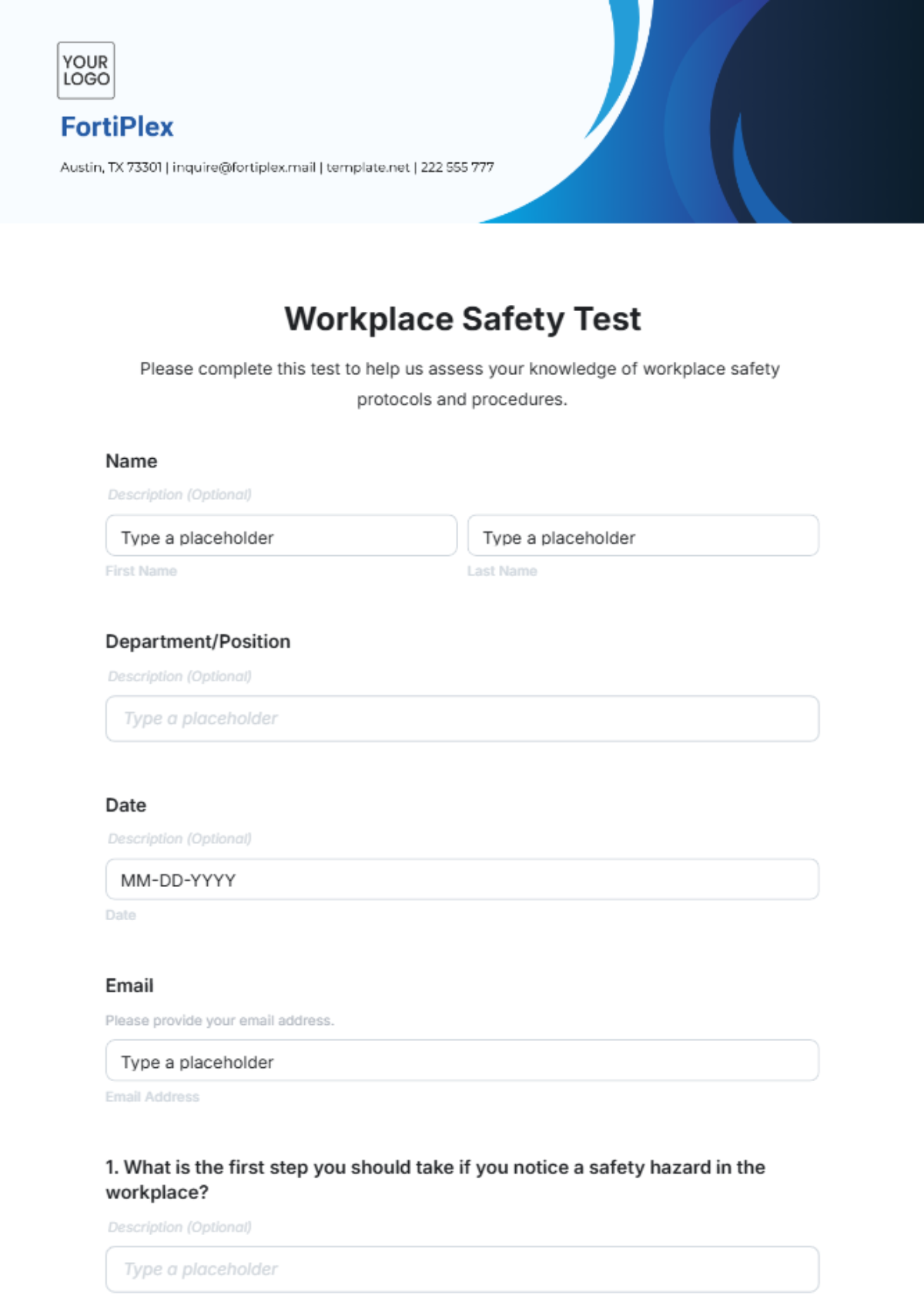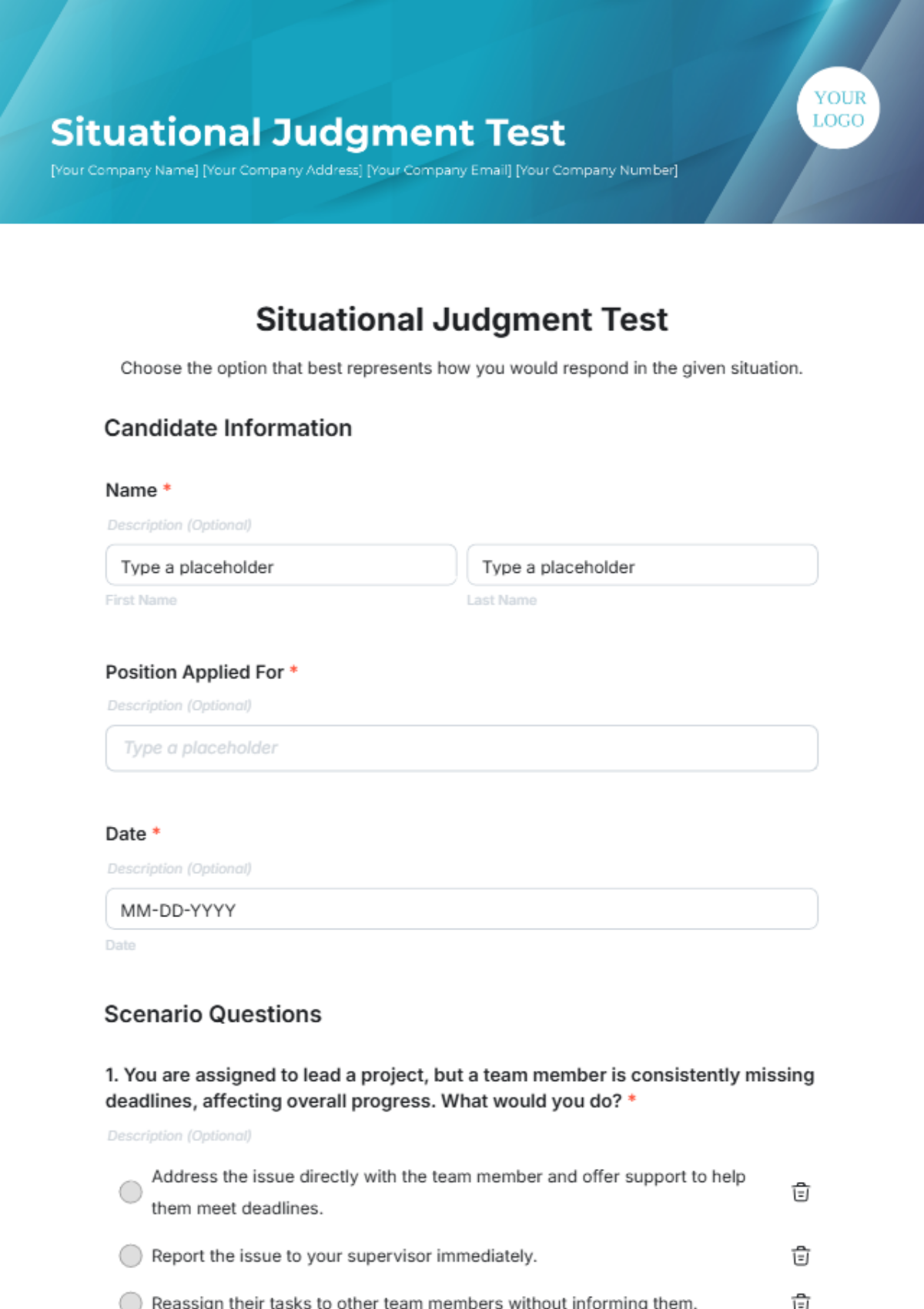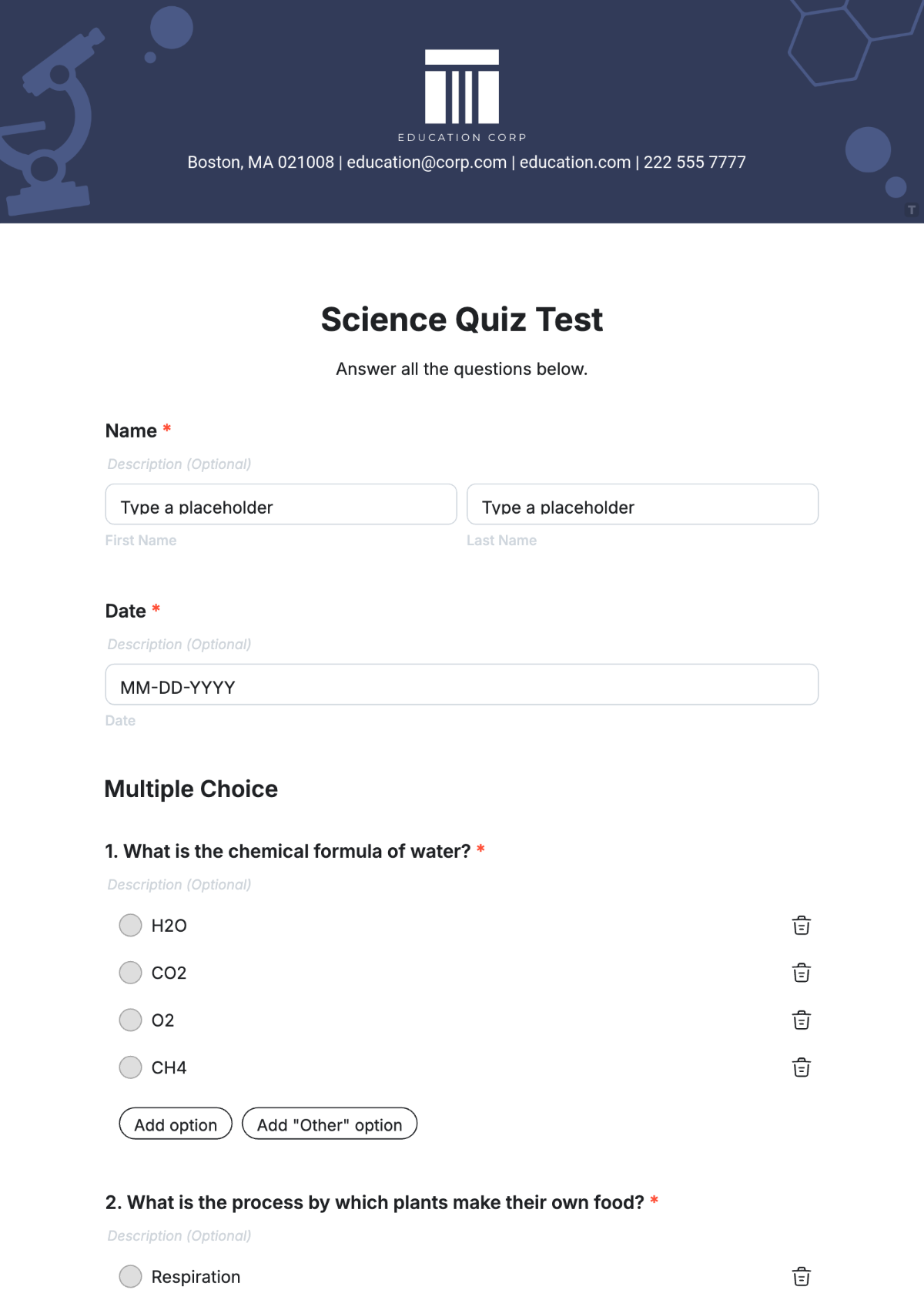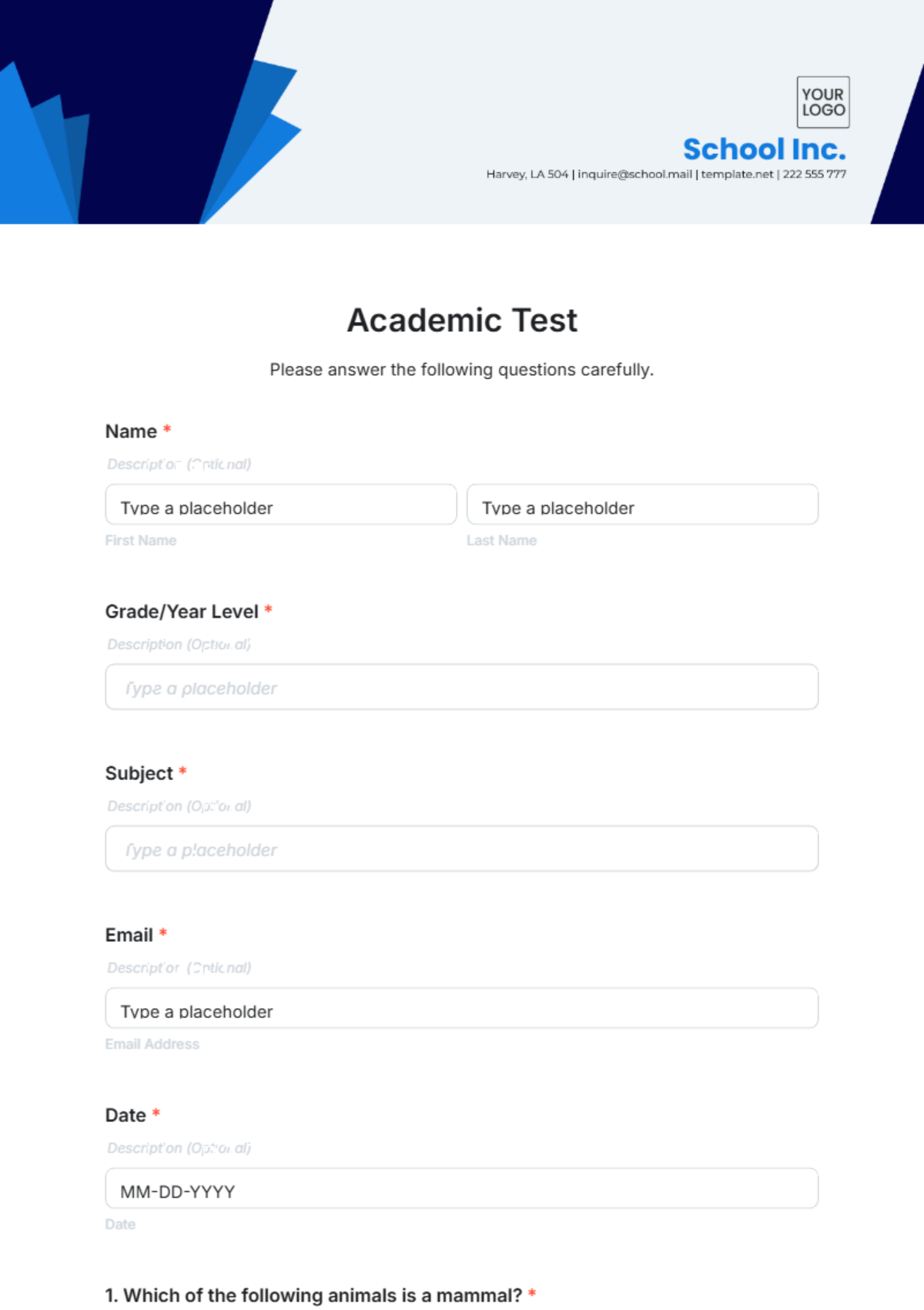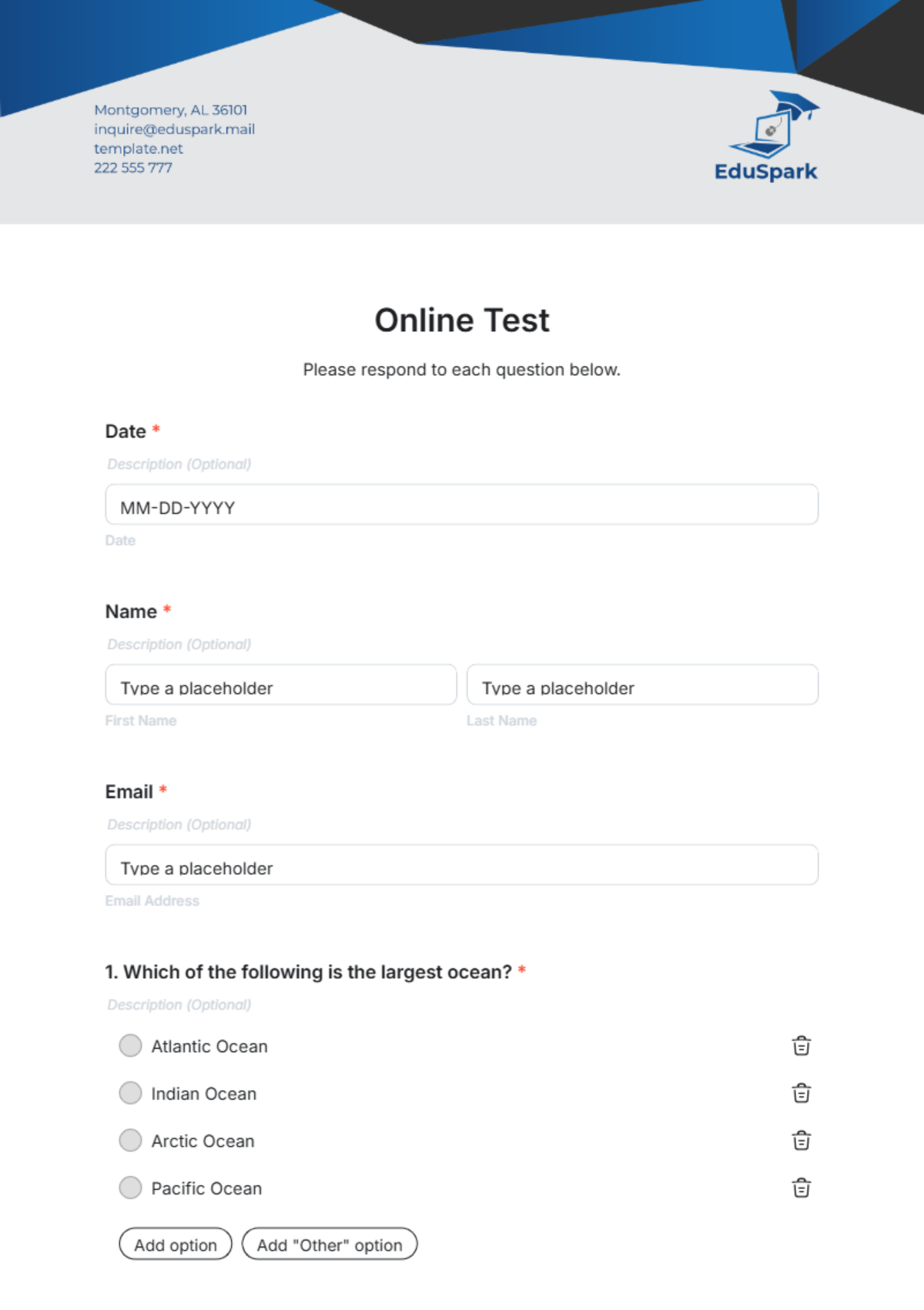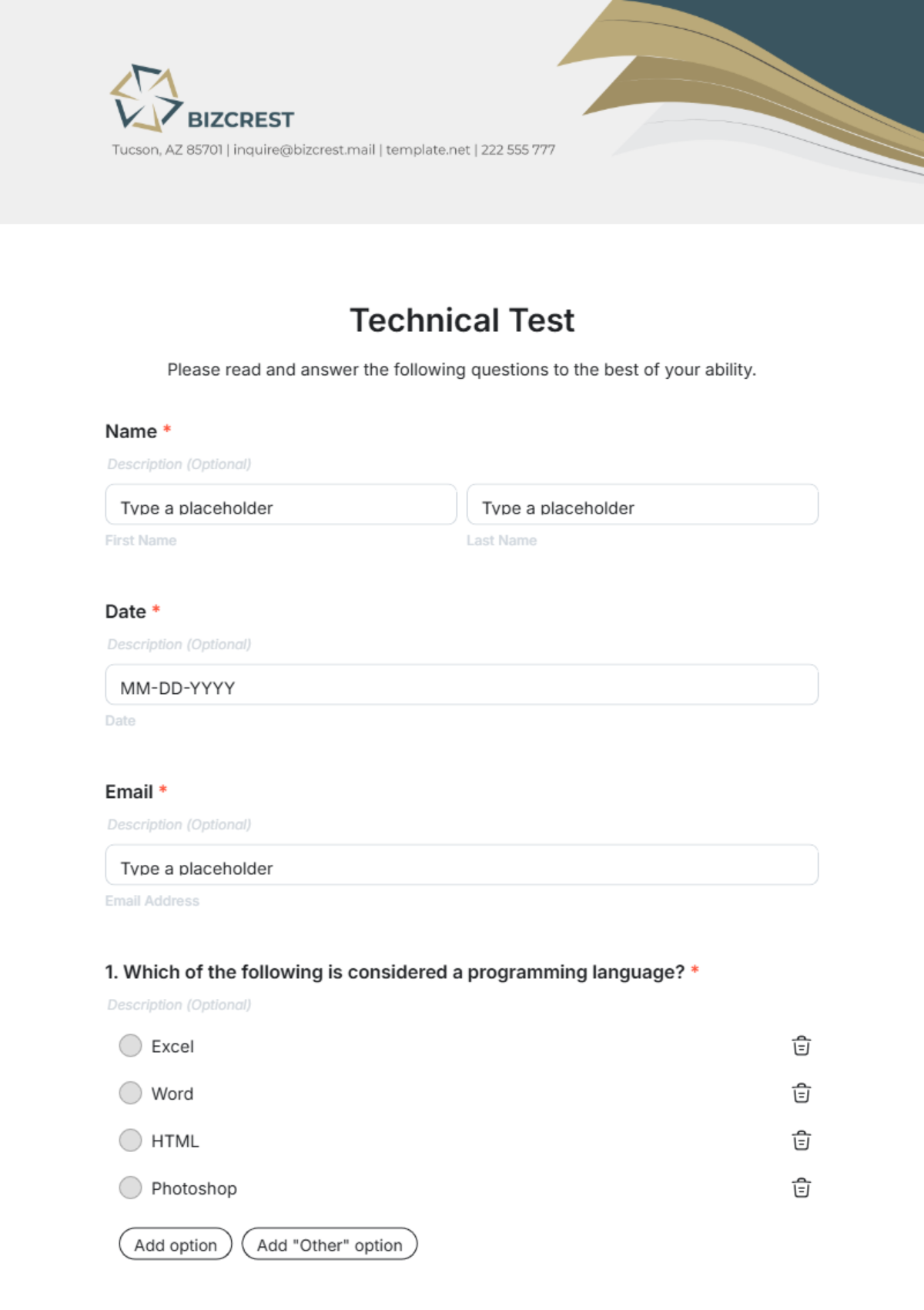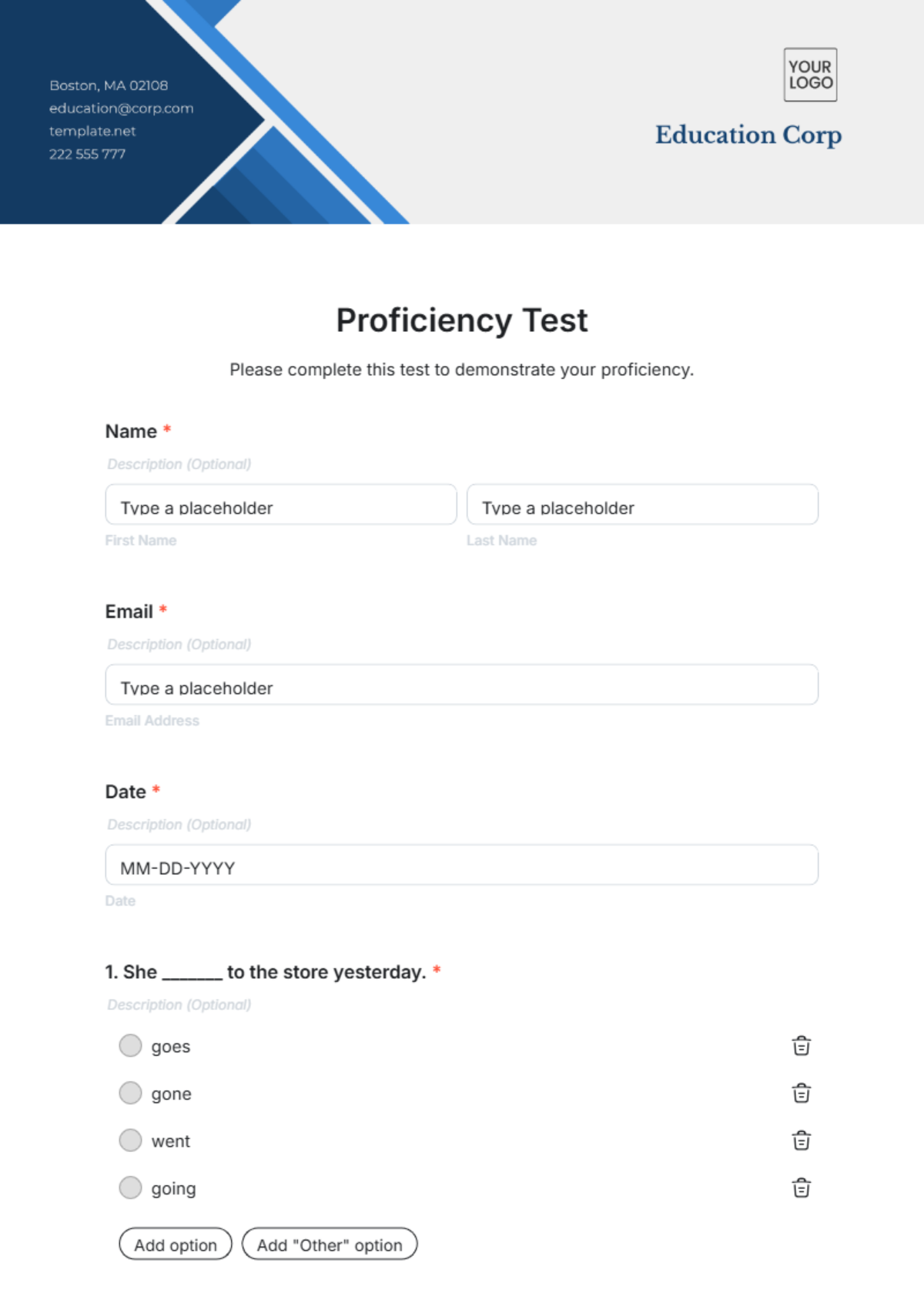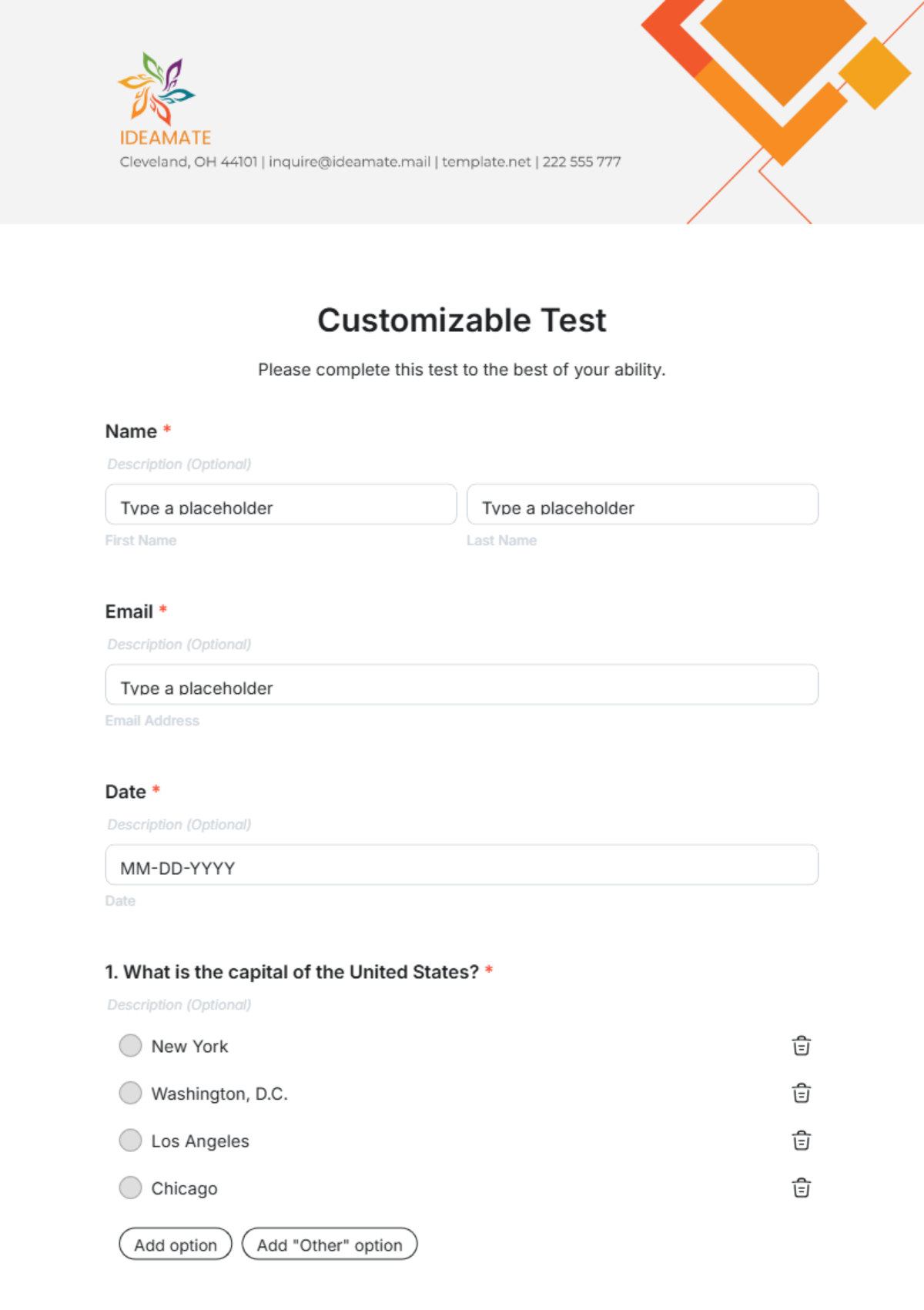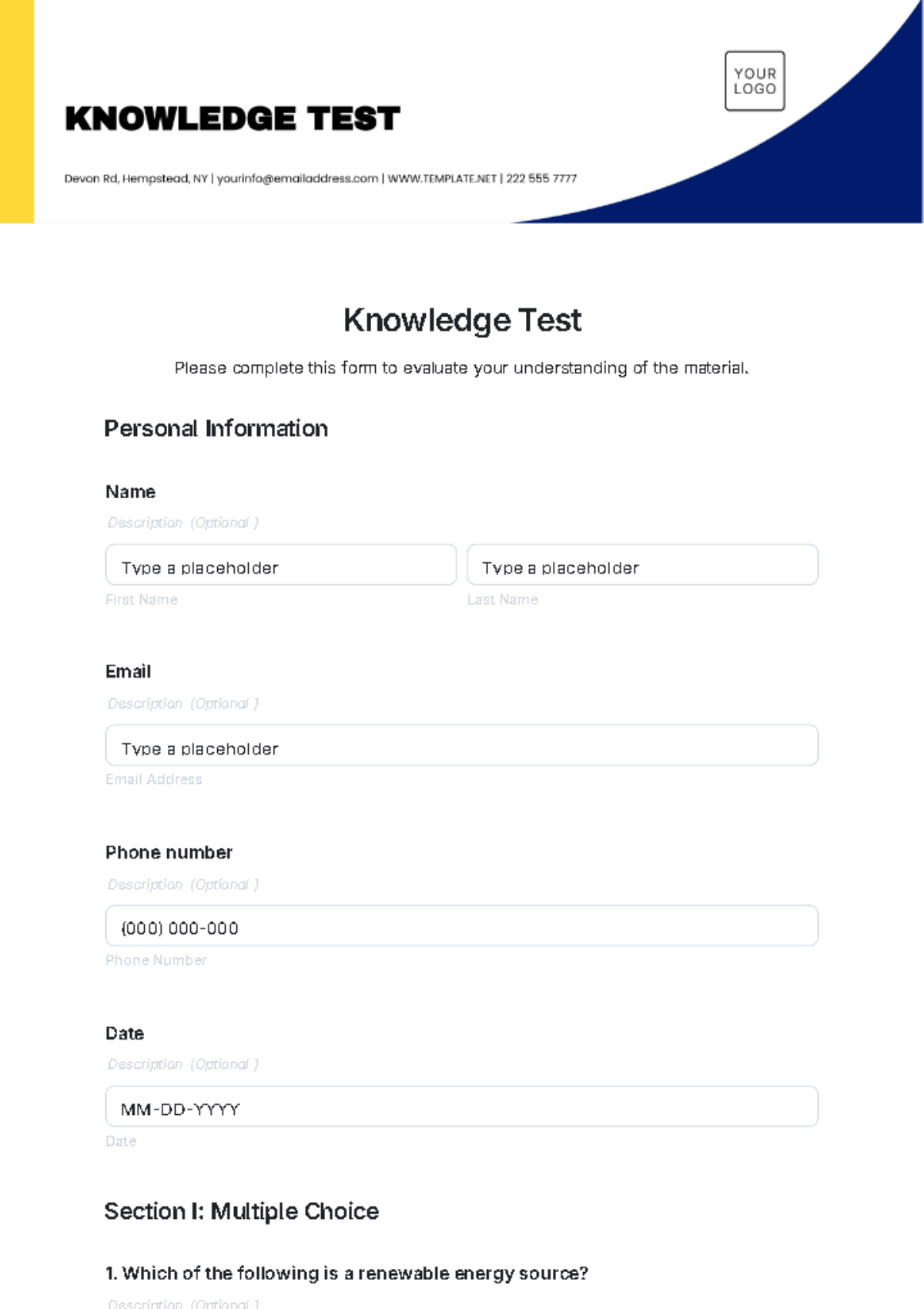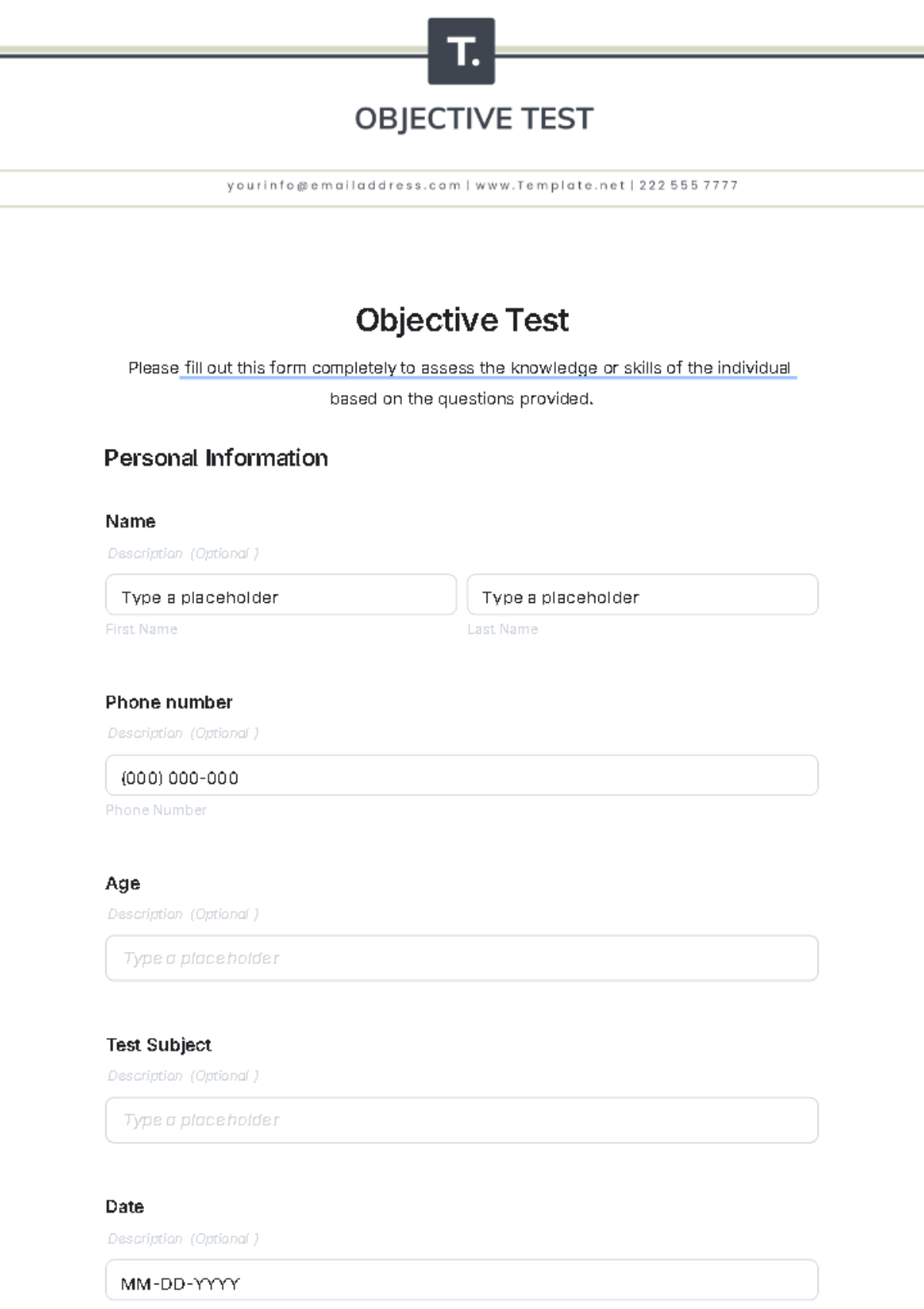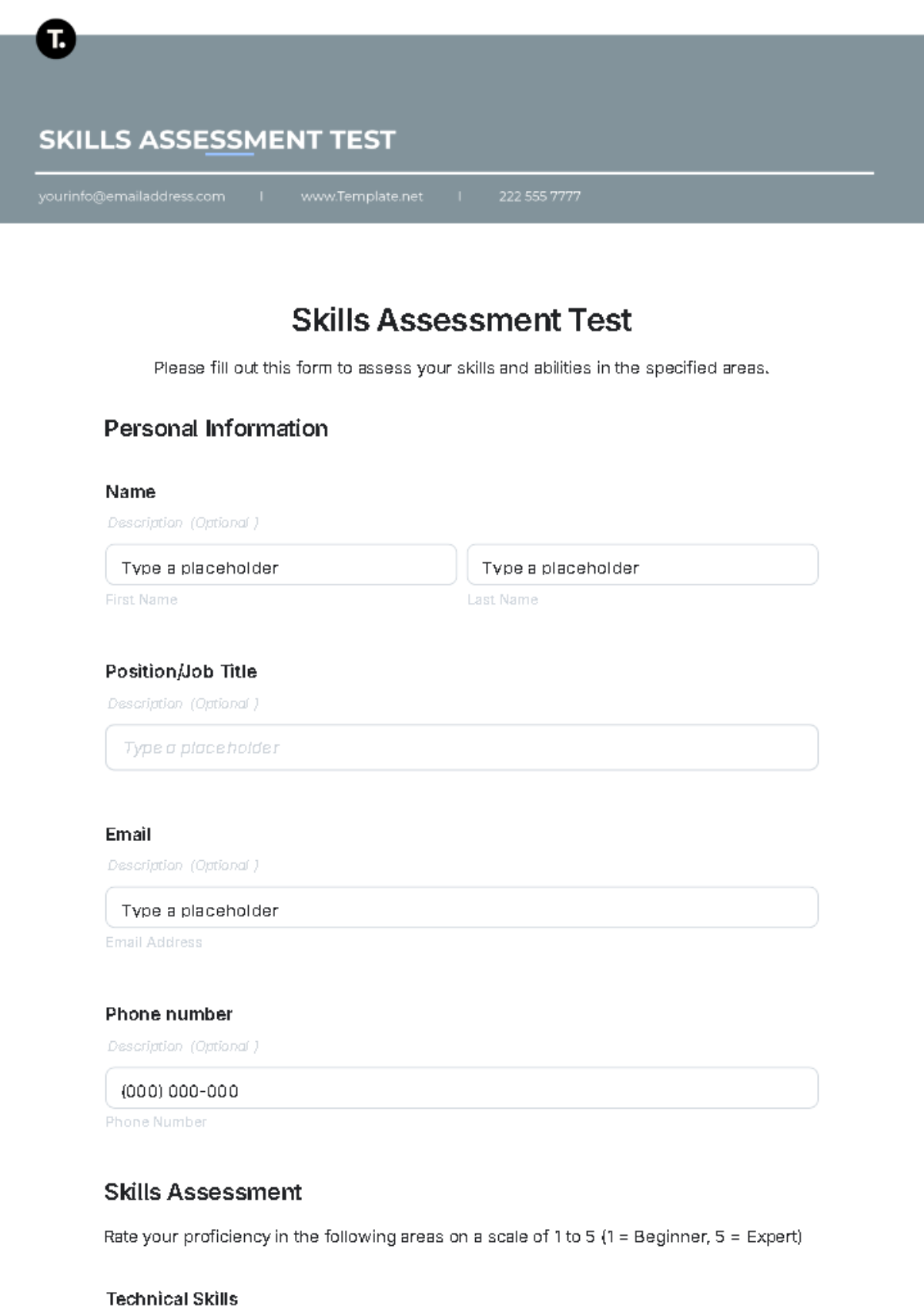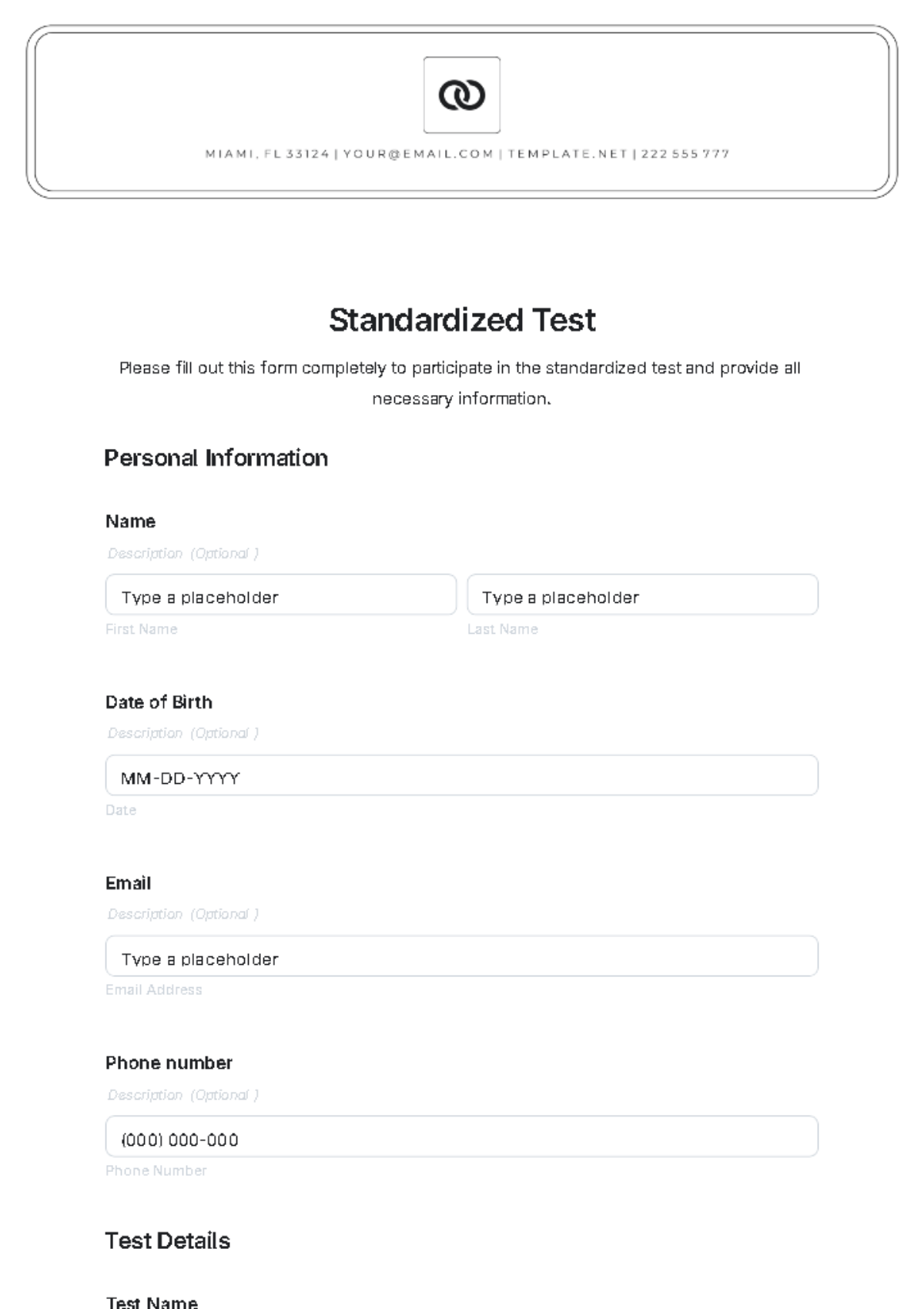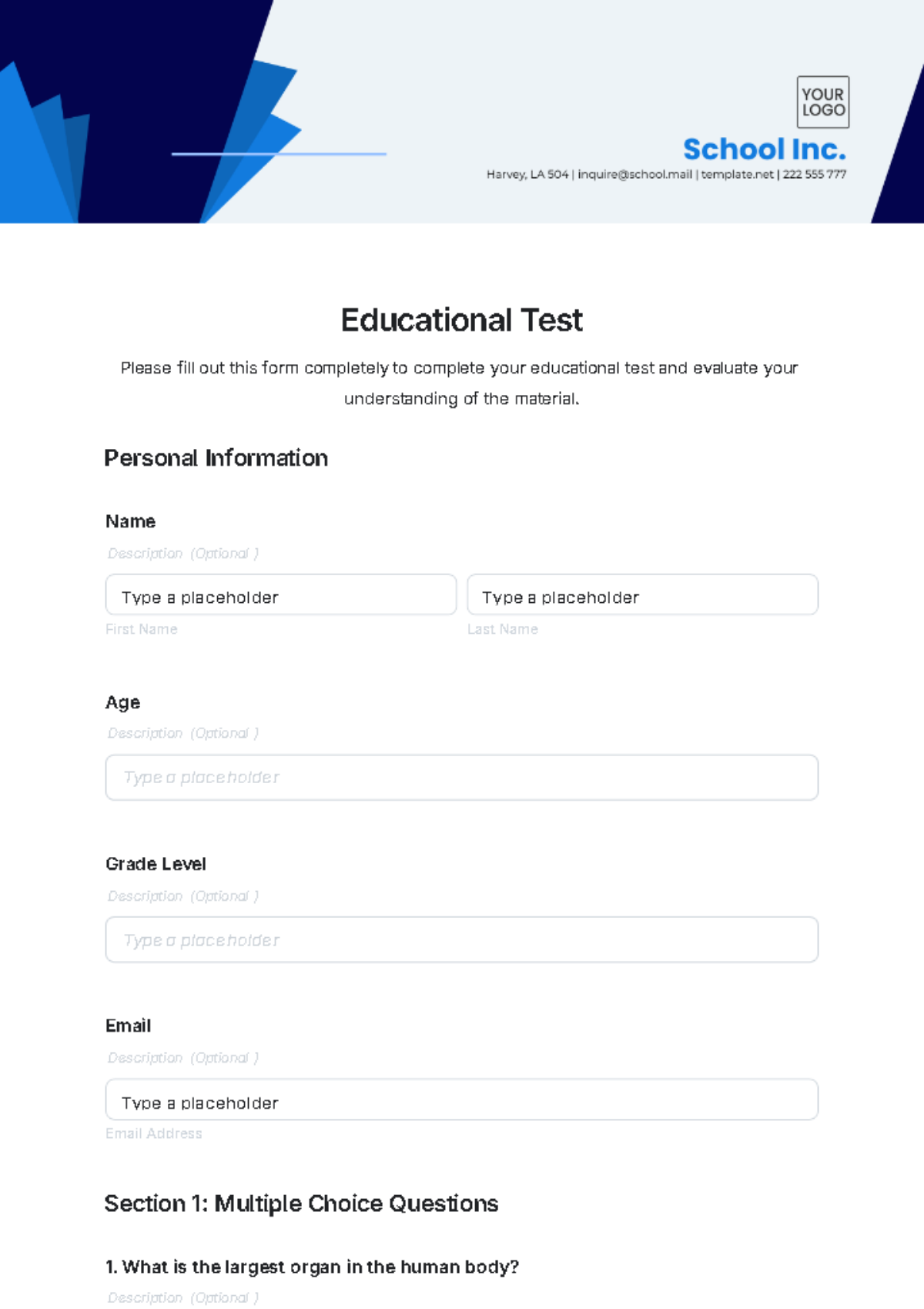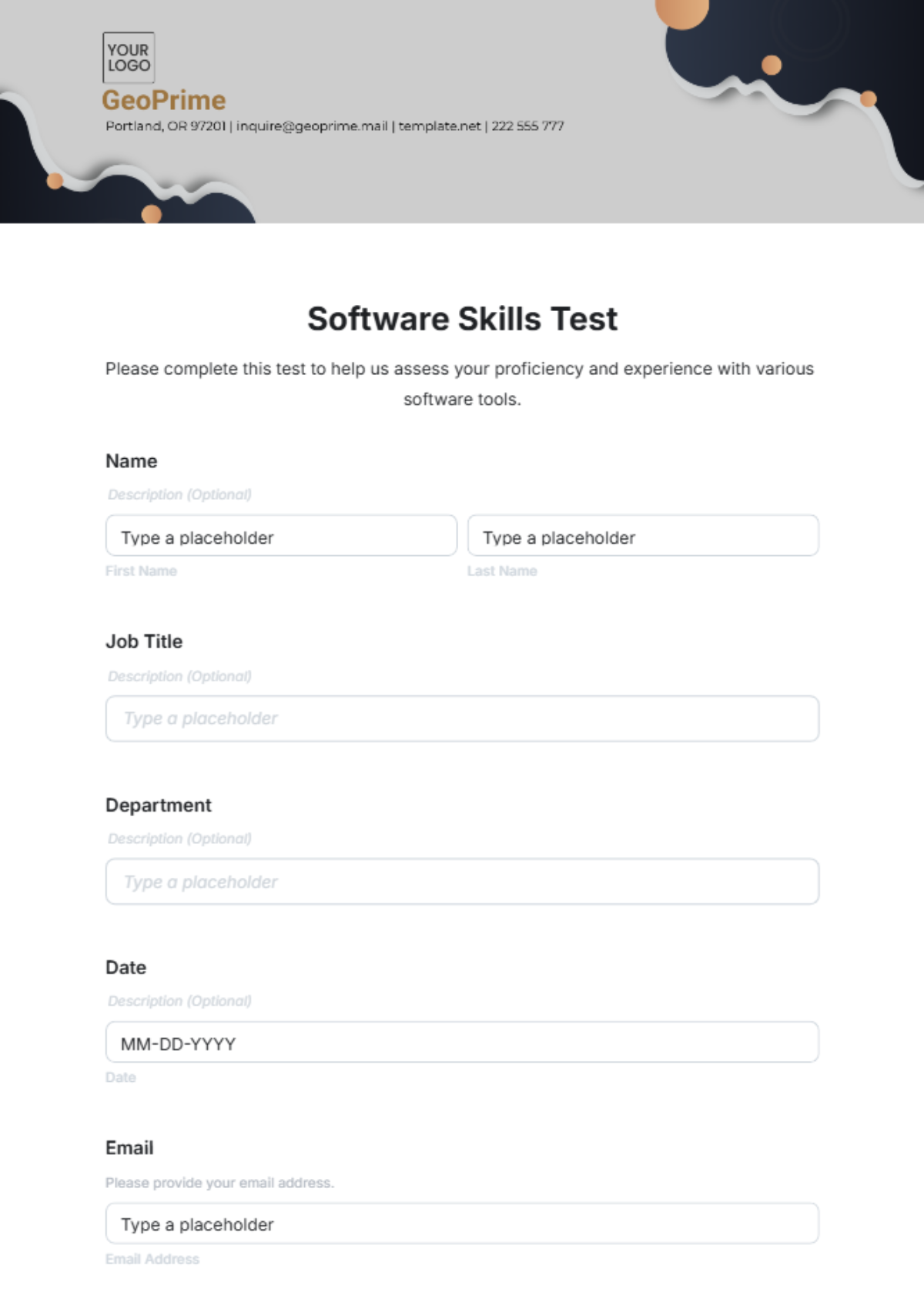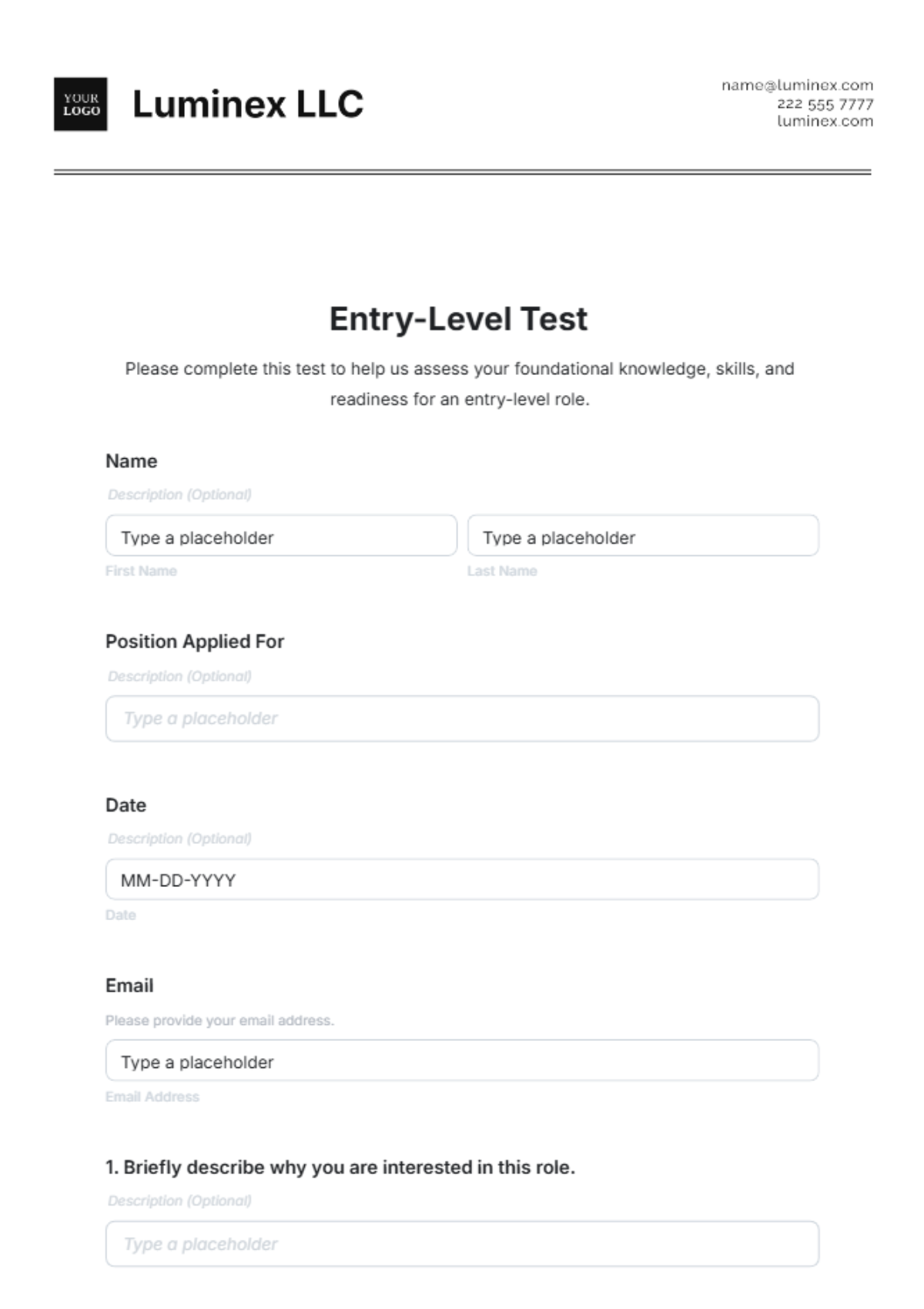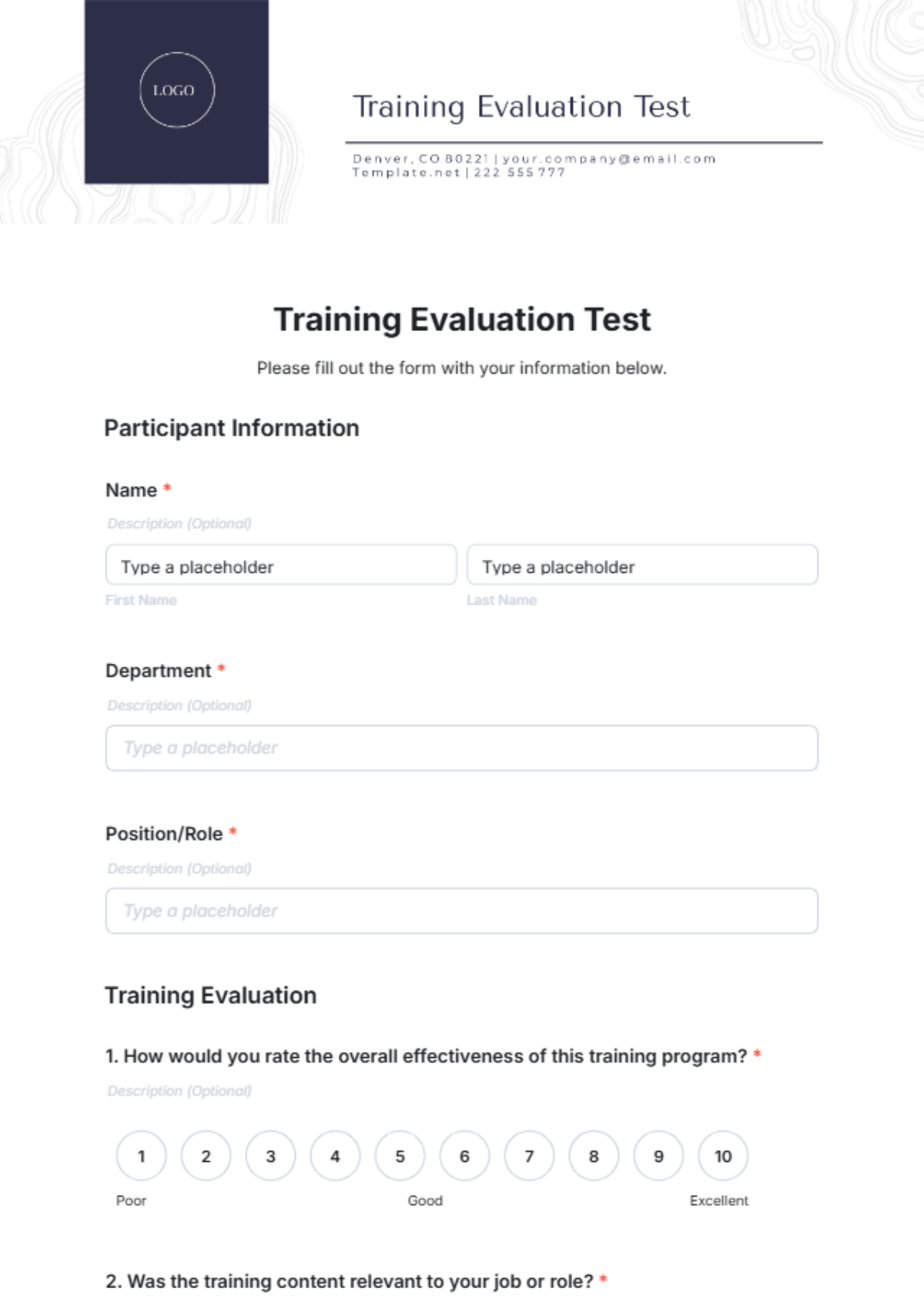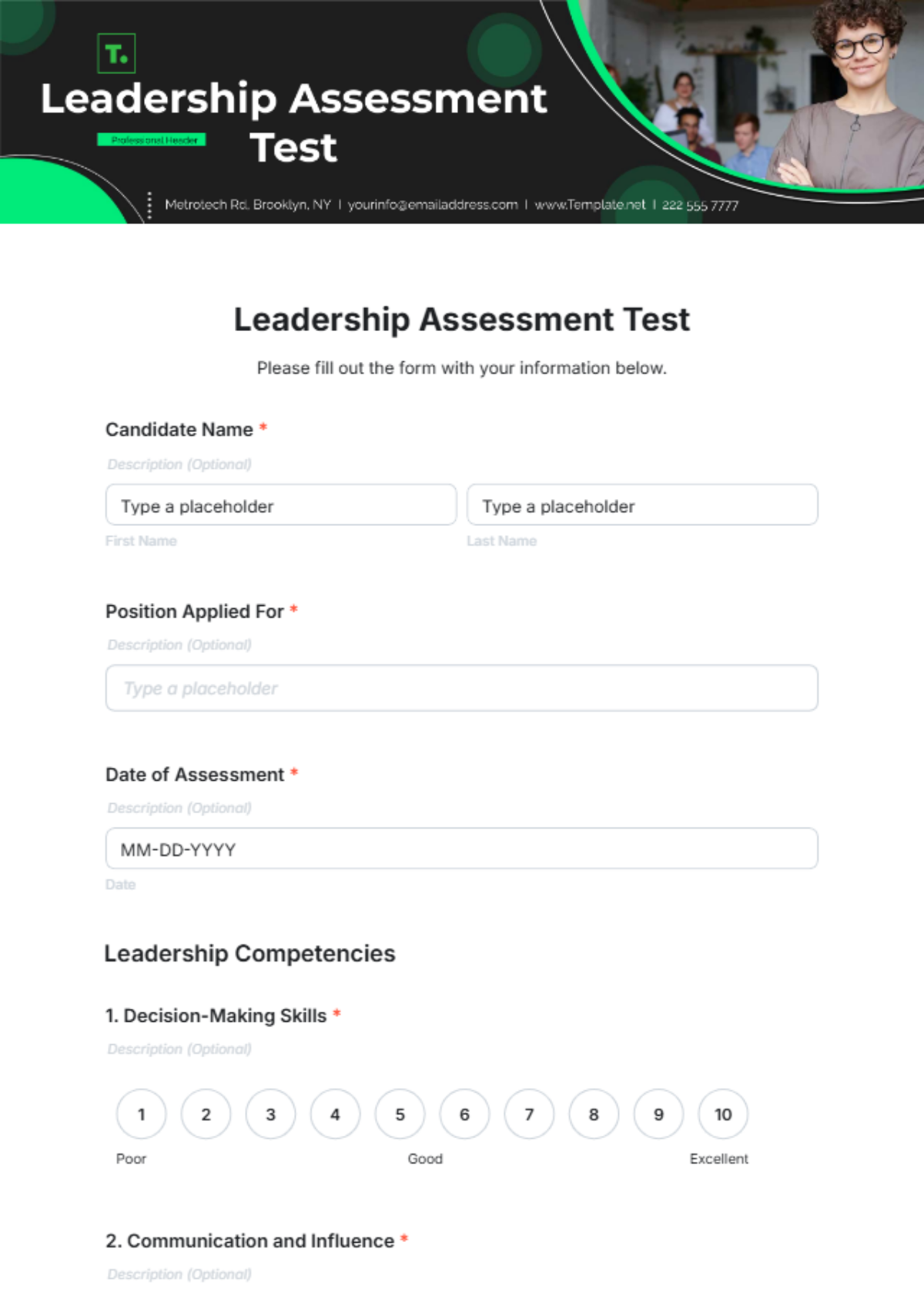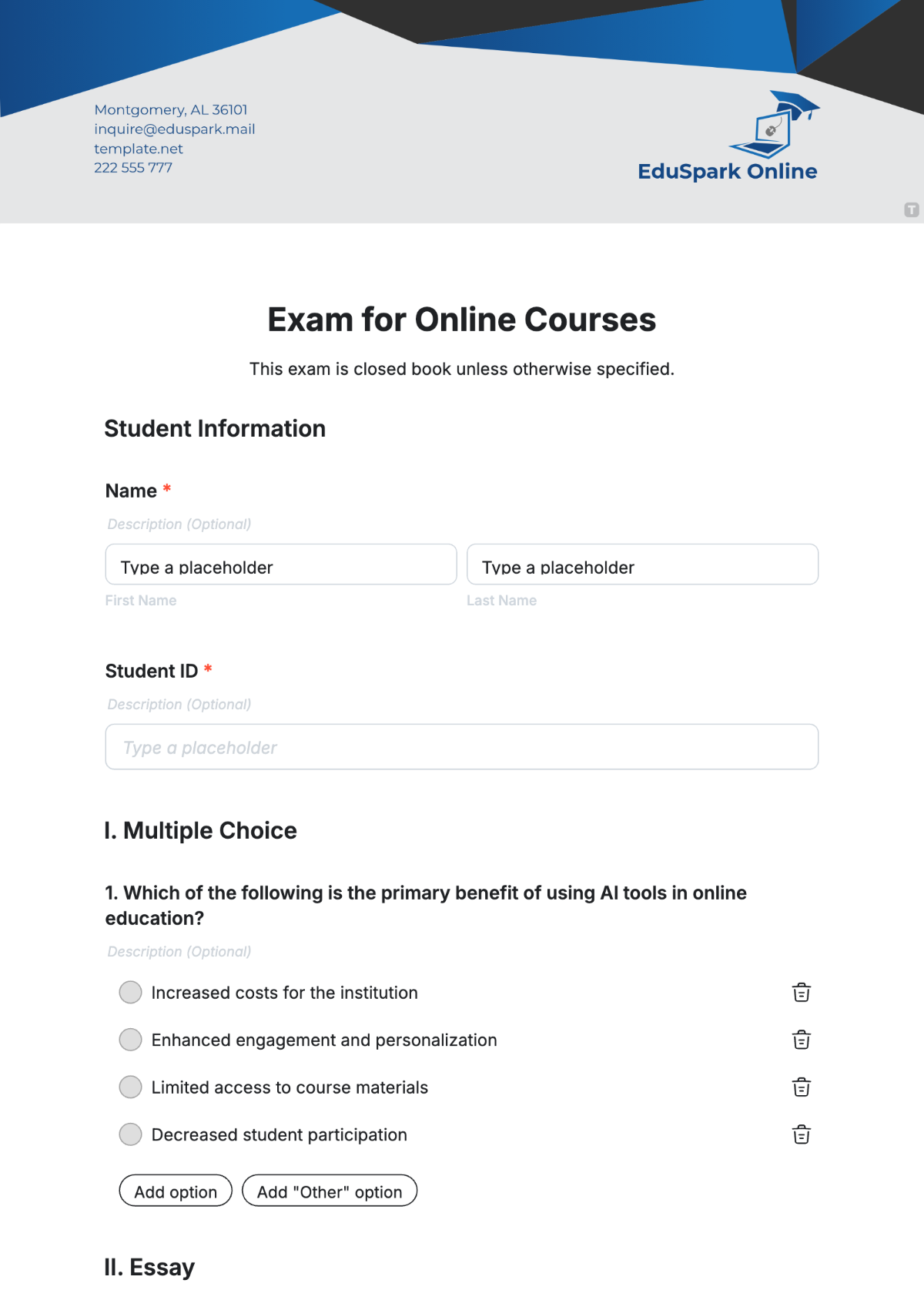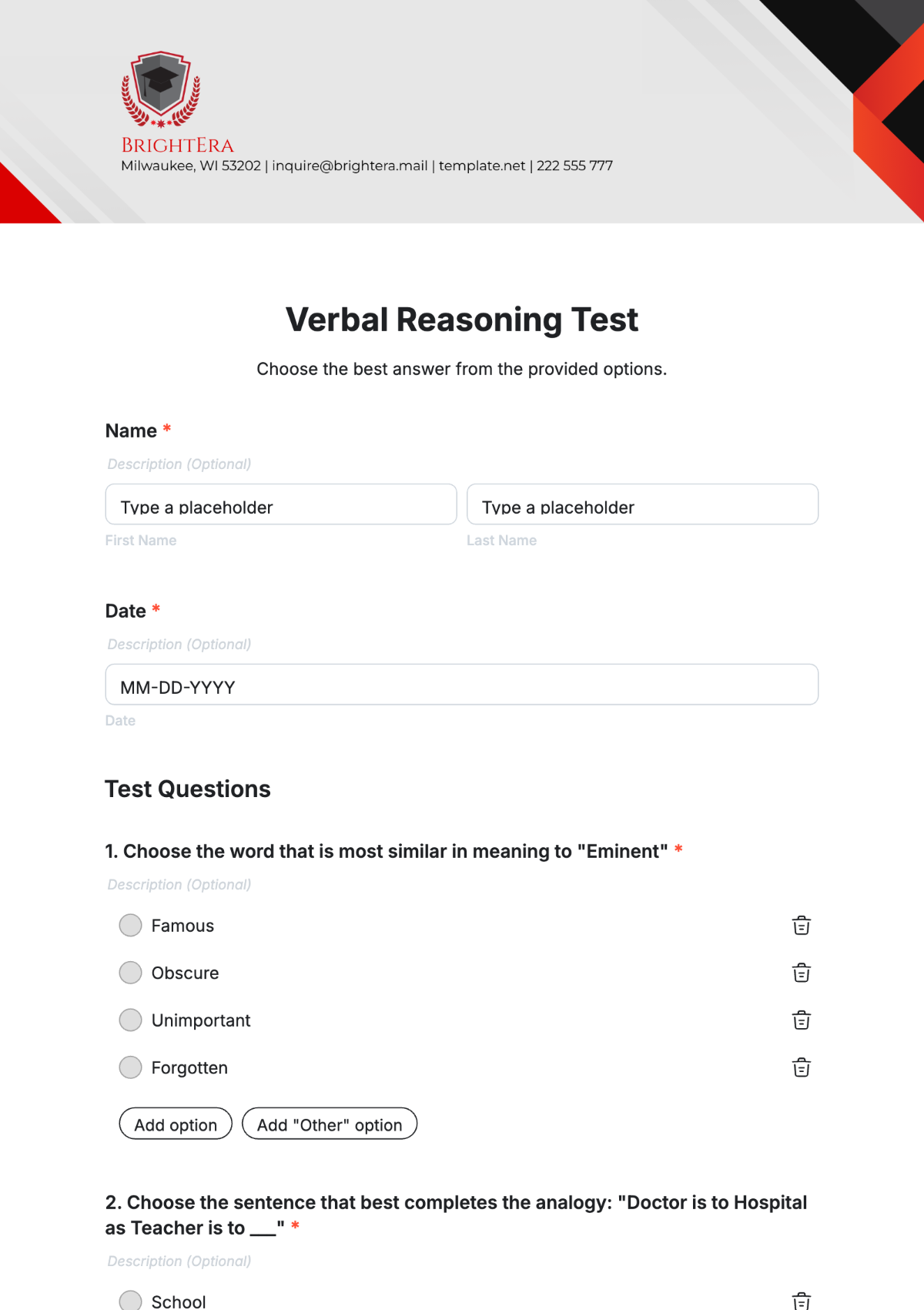Free Road Test Evaluation Template
Road Test Evaluation
Date: [DATE]
Introduction: This Road Test Evaluation Form is designed to assess an individual's driving skills, knowledge of traffic laws, and ability to operate a motor vehicle safely on public roads. The evaluation will be conducted by a certified driving instructor or examiner to ensure consistency and fairness in the assessment process. It is essential to accurately evaluate each candidate to determine their readiness to drive independently on public roads.
Background: Driving is a privilege that comes with great responsibility. Operating a motor vehicle on public roads requires not only the ability to control the vehicle but also the knowledge of traffic laws and the ability to make safe decisions in various driving situations. This evaluation aims to ensure that individuals possess the necessary skills and knowledge to drive safely and responsibly, thereby minimizing the risk of accidents and promoting road safety.
Rating scale:
5 - Excellent: Exceptional performance, demonstrates mastery in all aspects.
4 - Good: Strong performance with few minor areas for improvement.
3 - Satisfactory: Adequate performance, meets expectations but with room for improvement.
2 - Fair: Below average performance, significant areas for improvement needed.
1 - Poor: Very poor performance, fails to meet basic expectations.
Driving Test Evaluation
Assess the following criteria on a scale of 1 to 5, with 1 being the lowest and 5 being the highest:
Criteria | Description | Rating |
|---|---|---|
1. Vehicle Control | Ability to maintain control of the vehicle, including steering, acceleration, and braking, in various driving conditions. | |
2. Observance of Traffic Laws | Adherence to traffic laws, including speed limits, traffic signs, signals, and right-of-way rules. | |
3. Lane Discipline | Ability to maintain proper lane positioning, change lanes safely, and use lanes appropriately according to traffic conditions. | |
4. Defensive Driving Techniques | Demonstration of defensive driving skills, such as anticipating and reacting to potential hazards, maintaining safe following distances, and being aware of surroundings. | |
5. Use of Signals | Proper use of turn signals, brake lights, and other signals to communicate intentions to other road users. | |
6. Hazard Recognition and Response | Ability to identify potential hazards on the road, such as pedestrians, vehicles, and road conditions, and respond appropriately to mitigate risks. | |
7. Overall Driving Performance | Overall assessment of the candidate's driving skills, including proficiency in all evaluated areas. |
Additional Comments and Notes
Comments and Notes |
|---|
